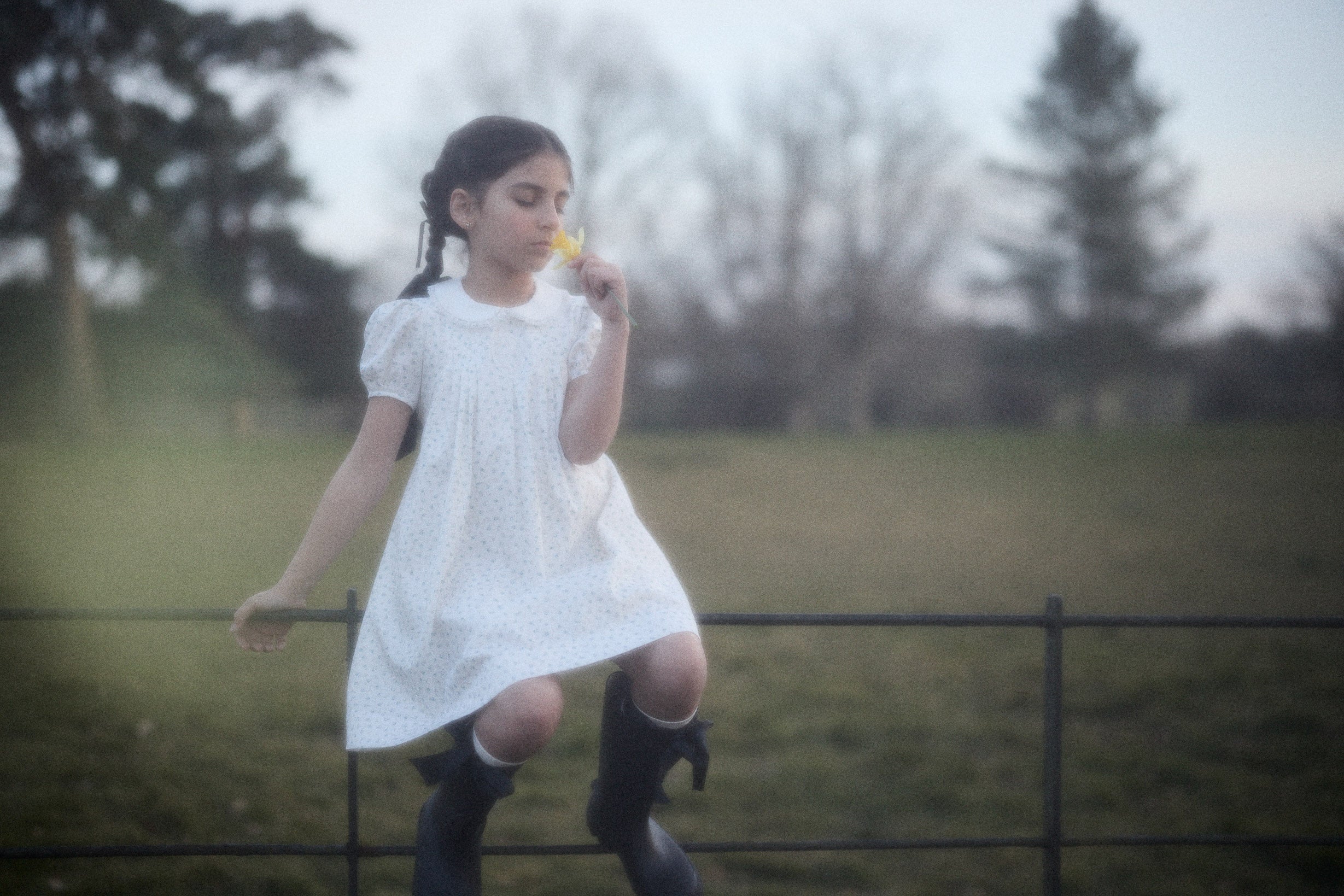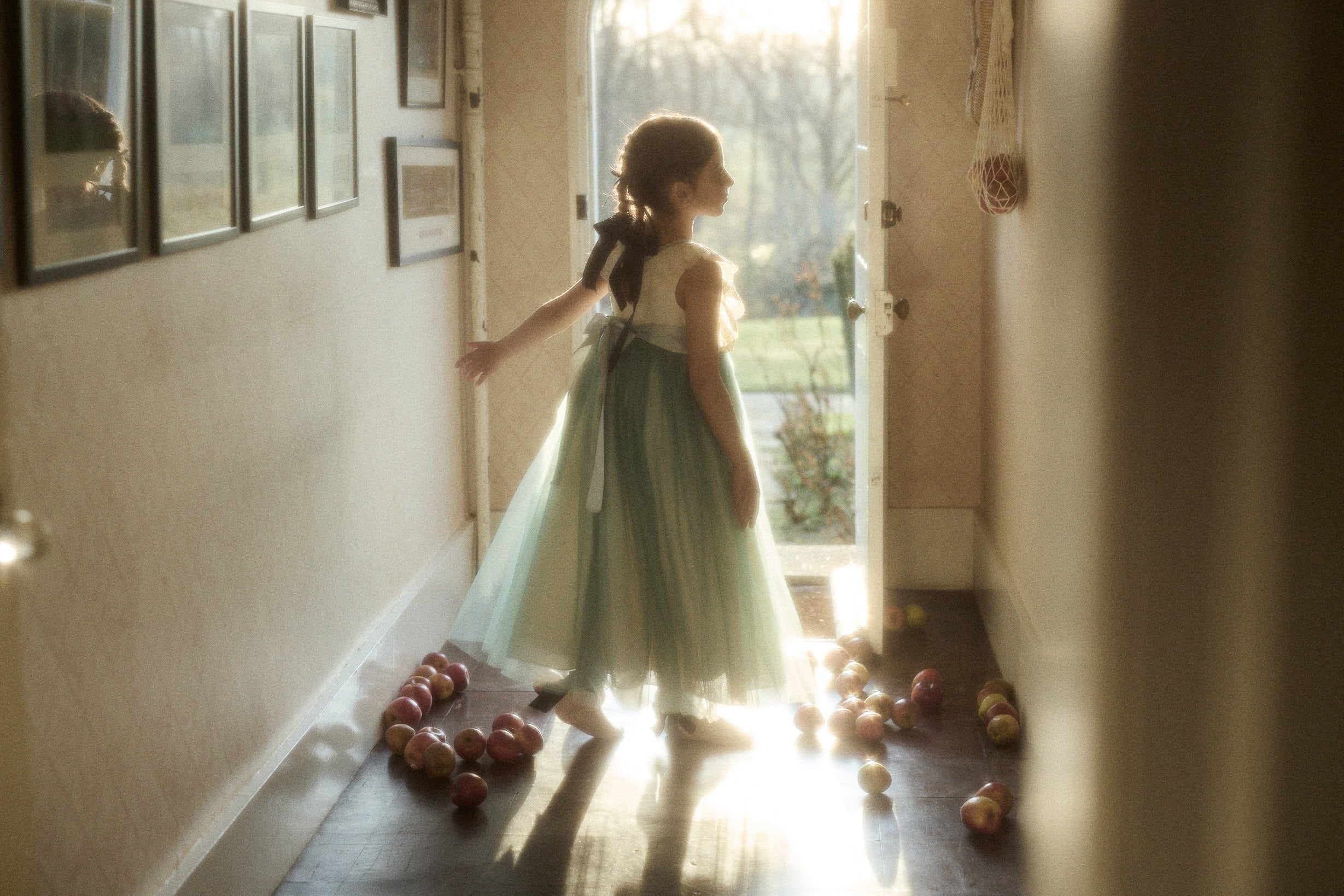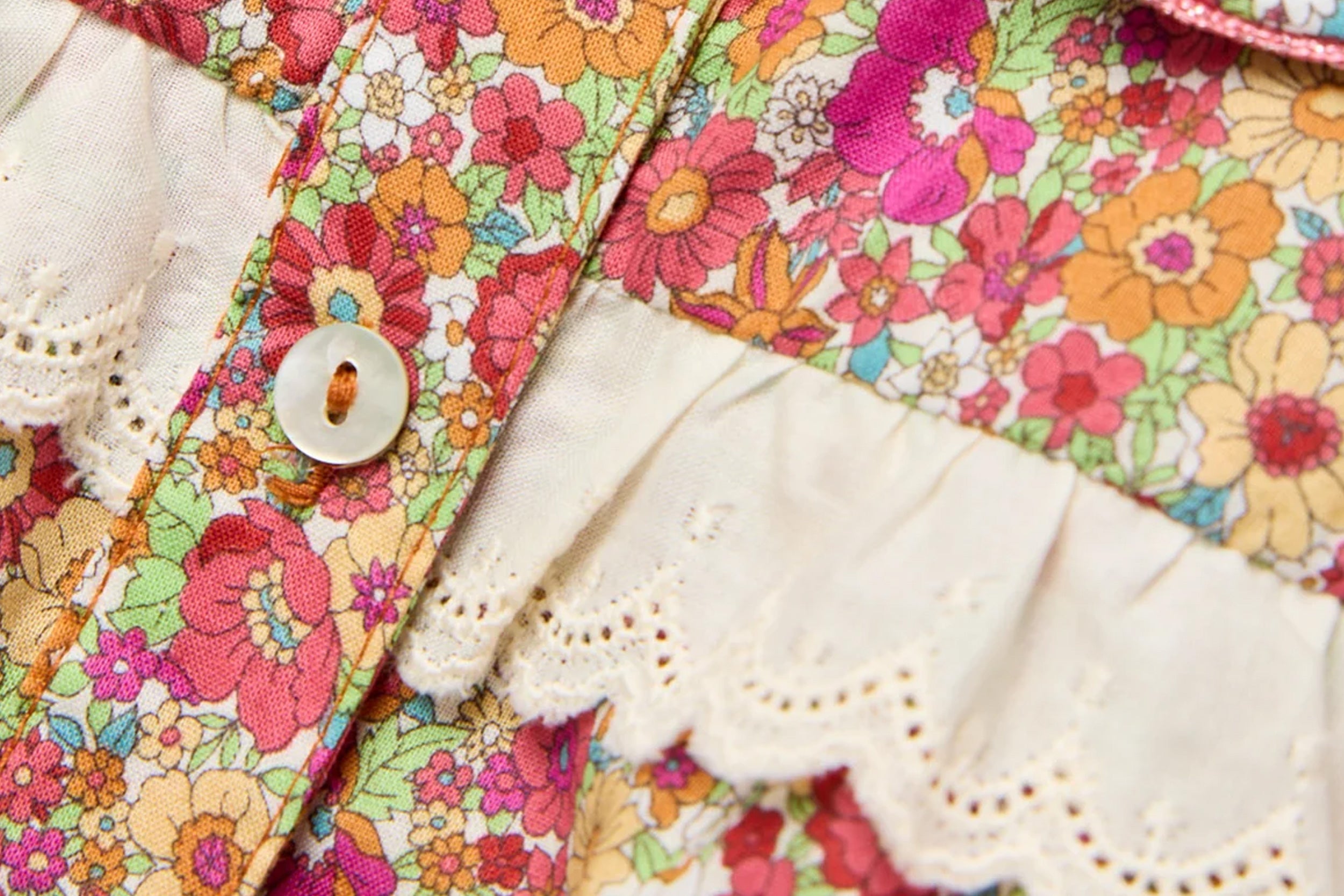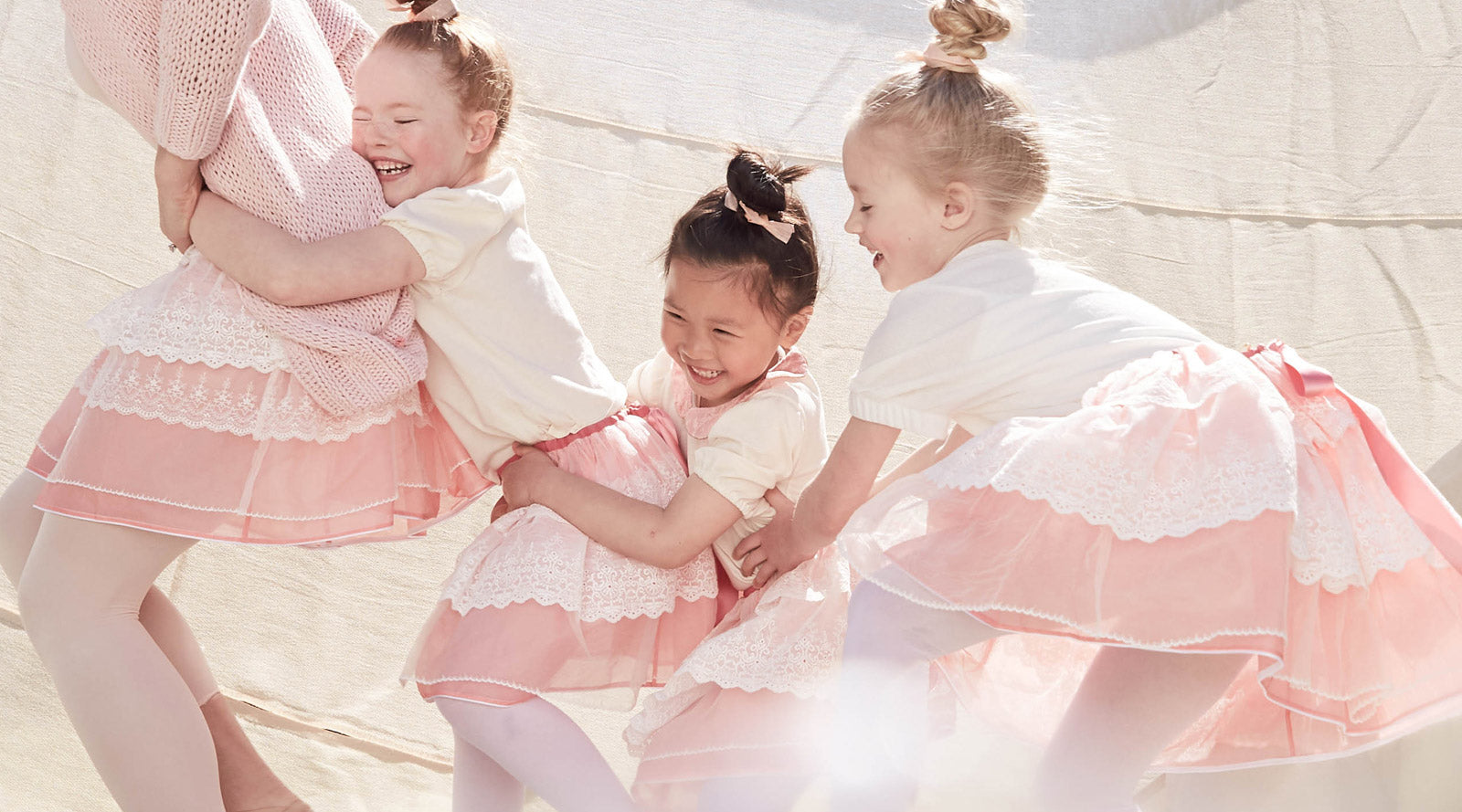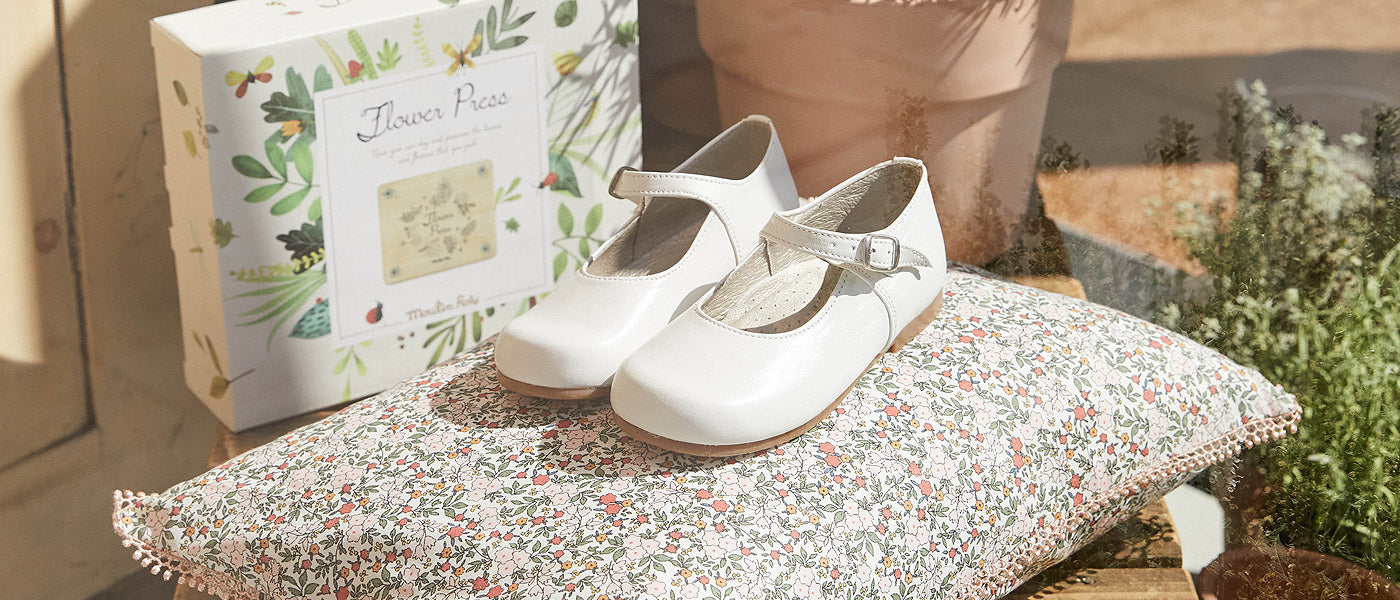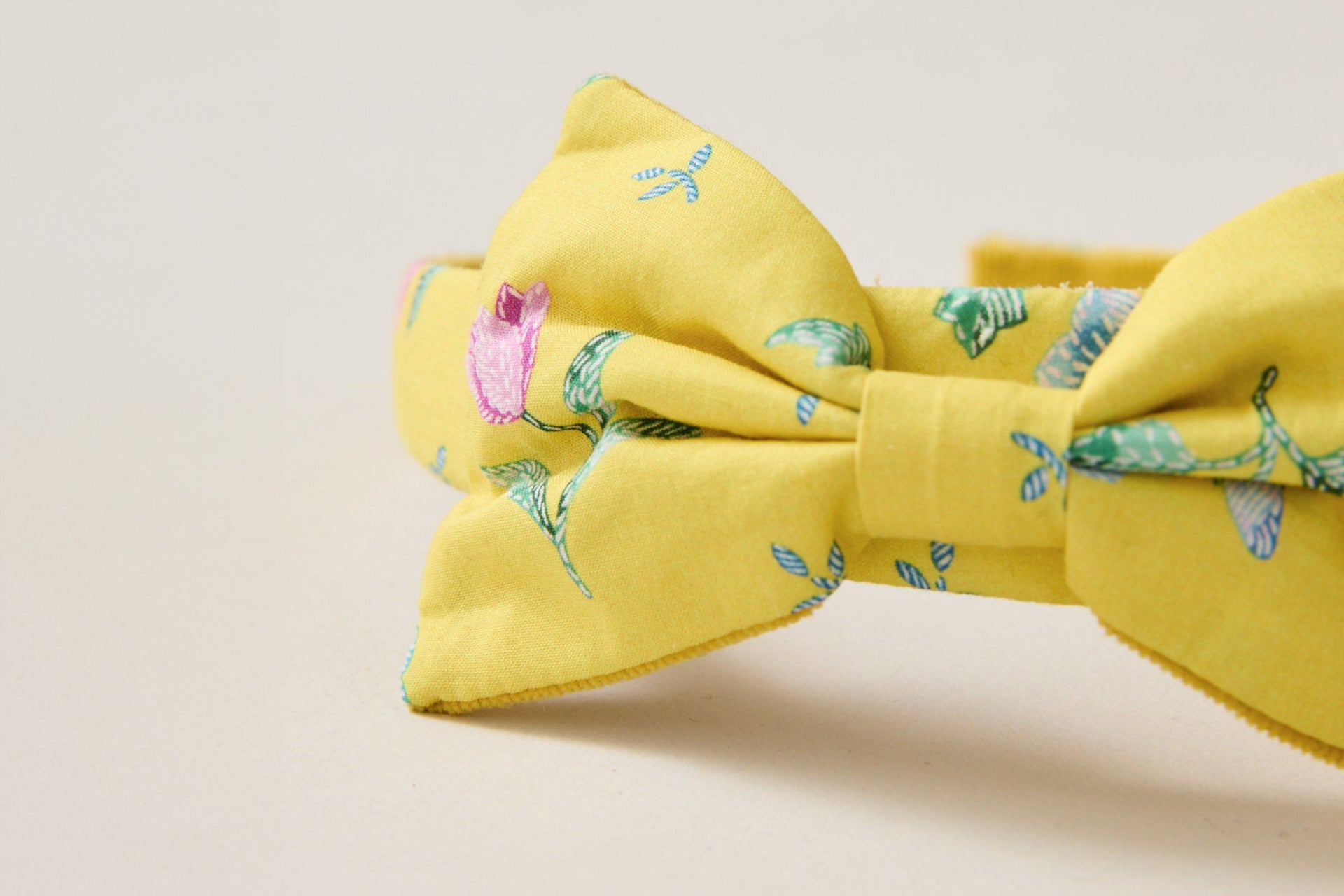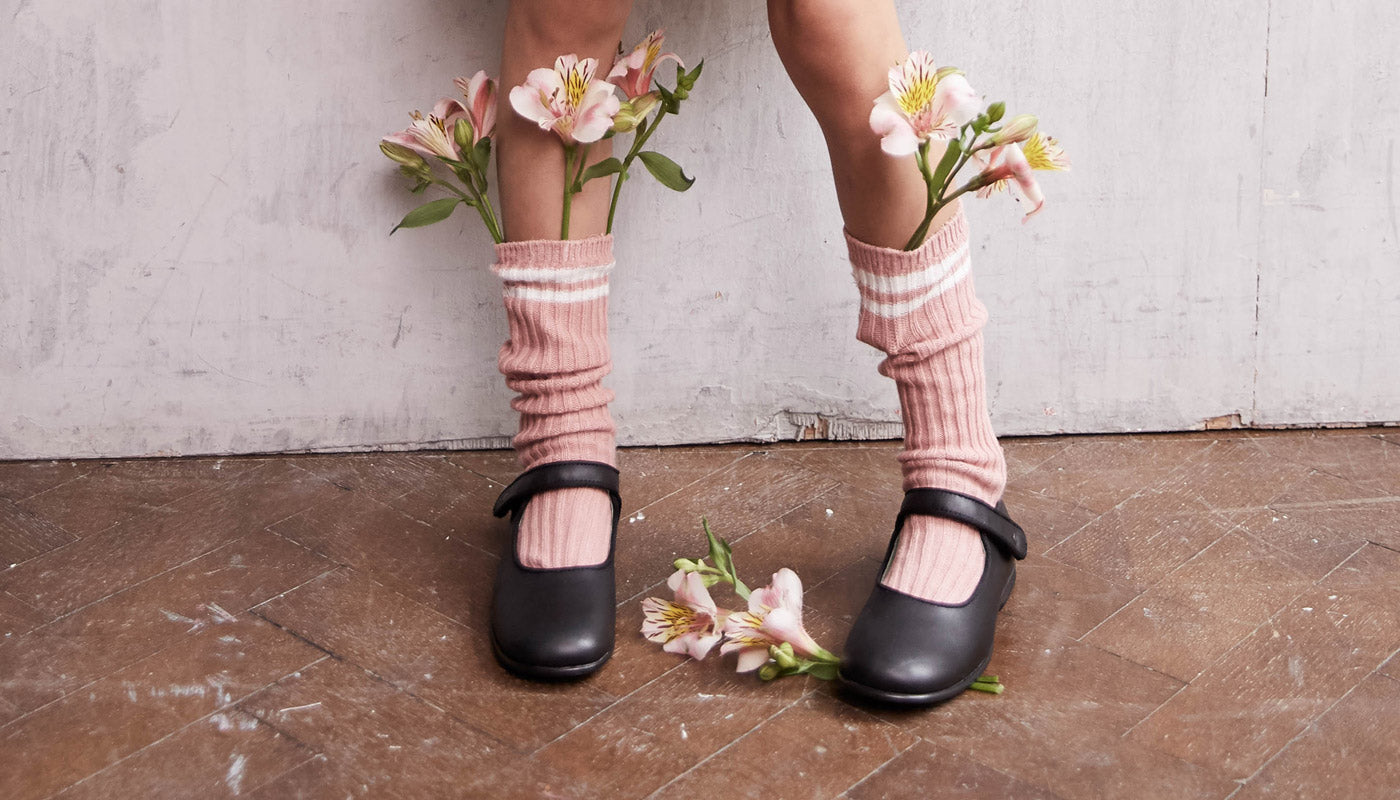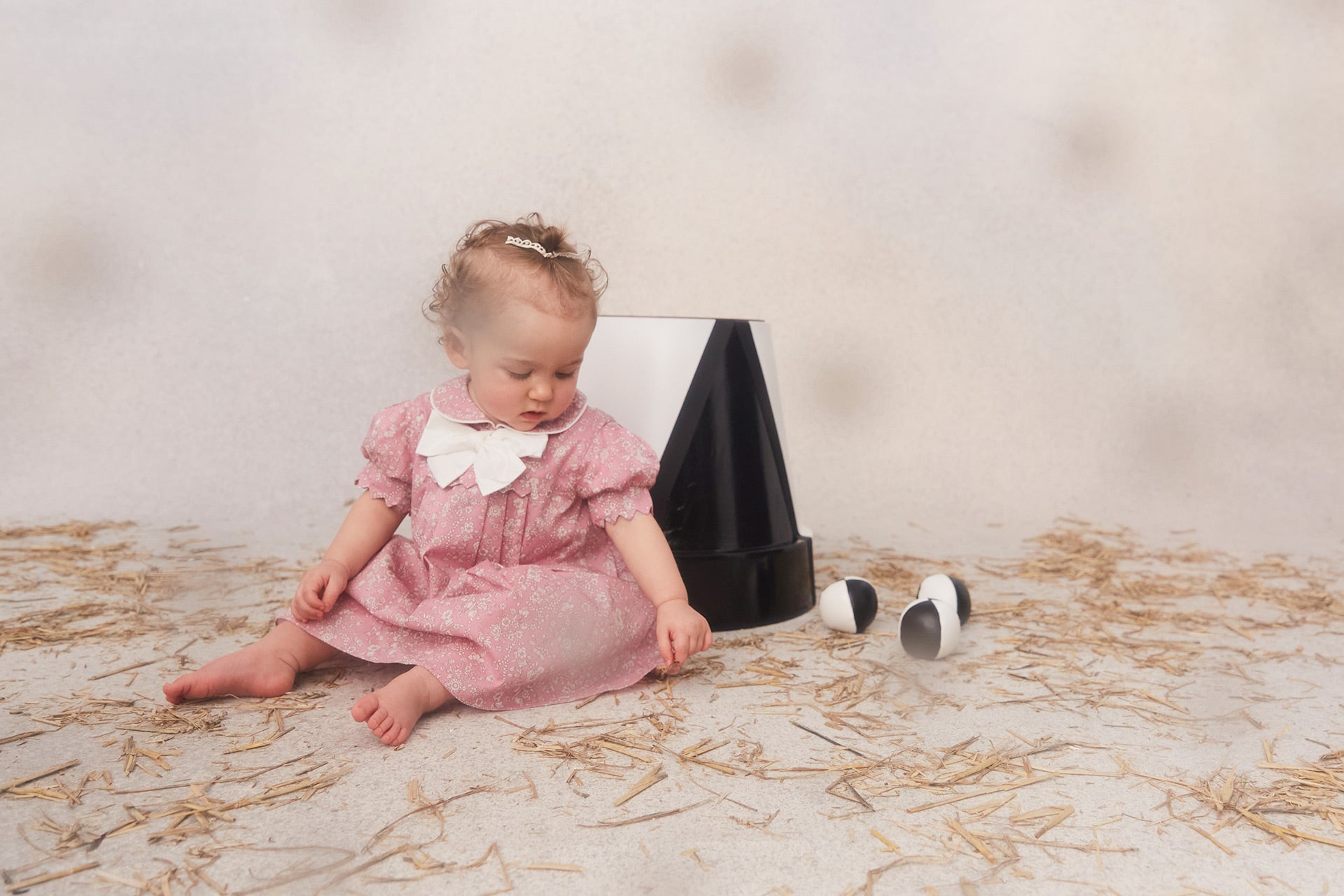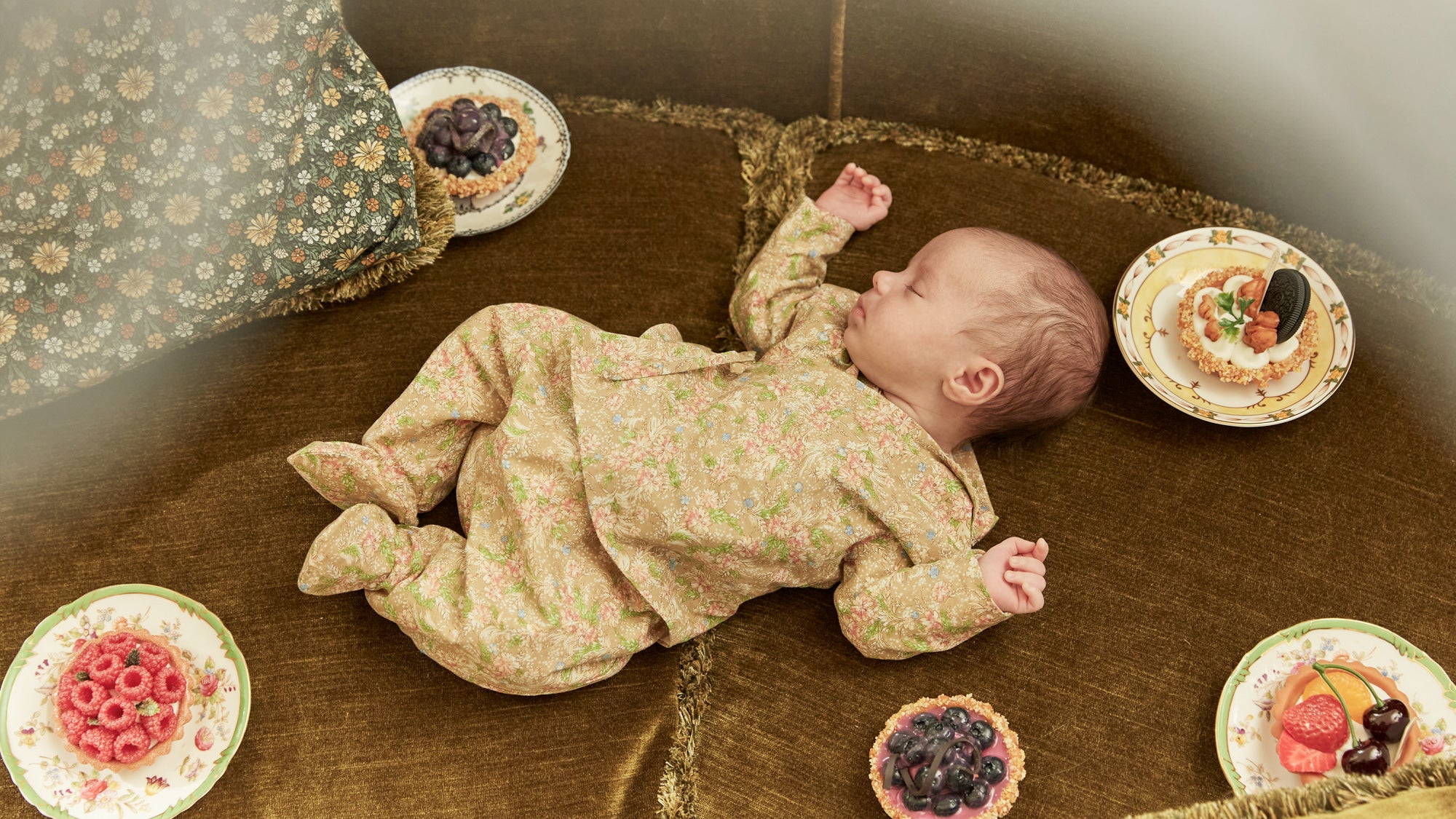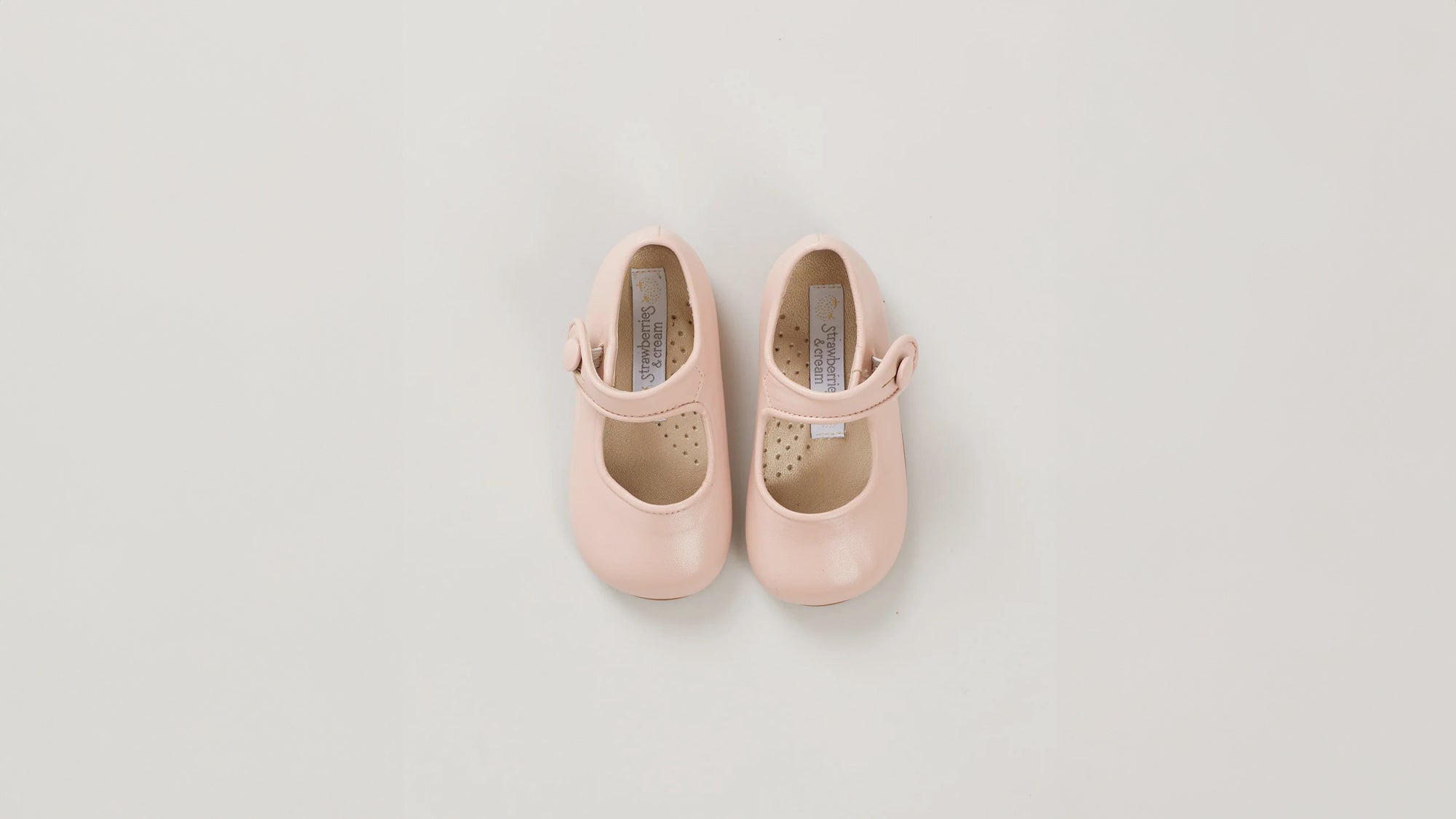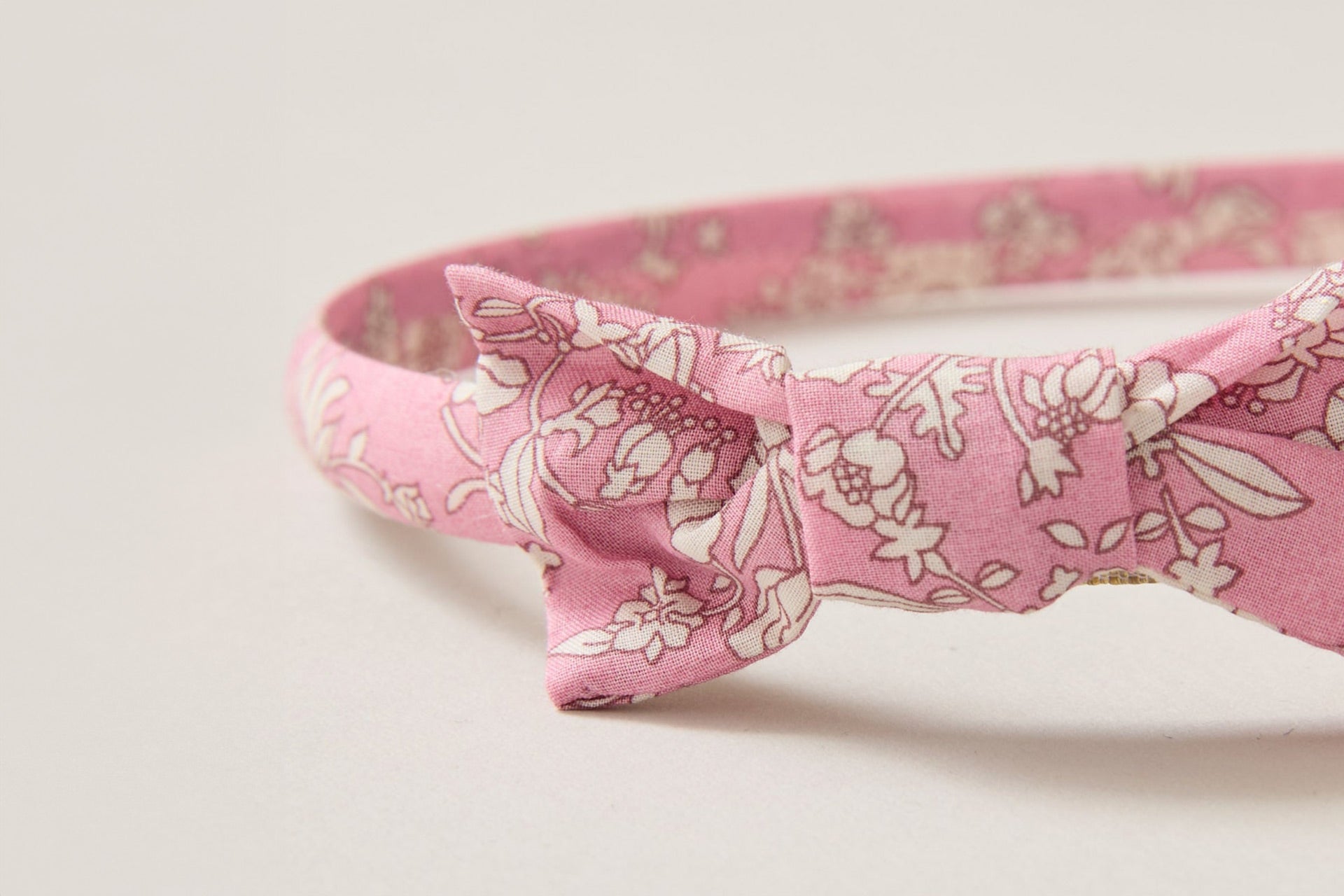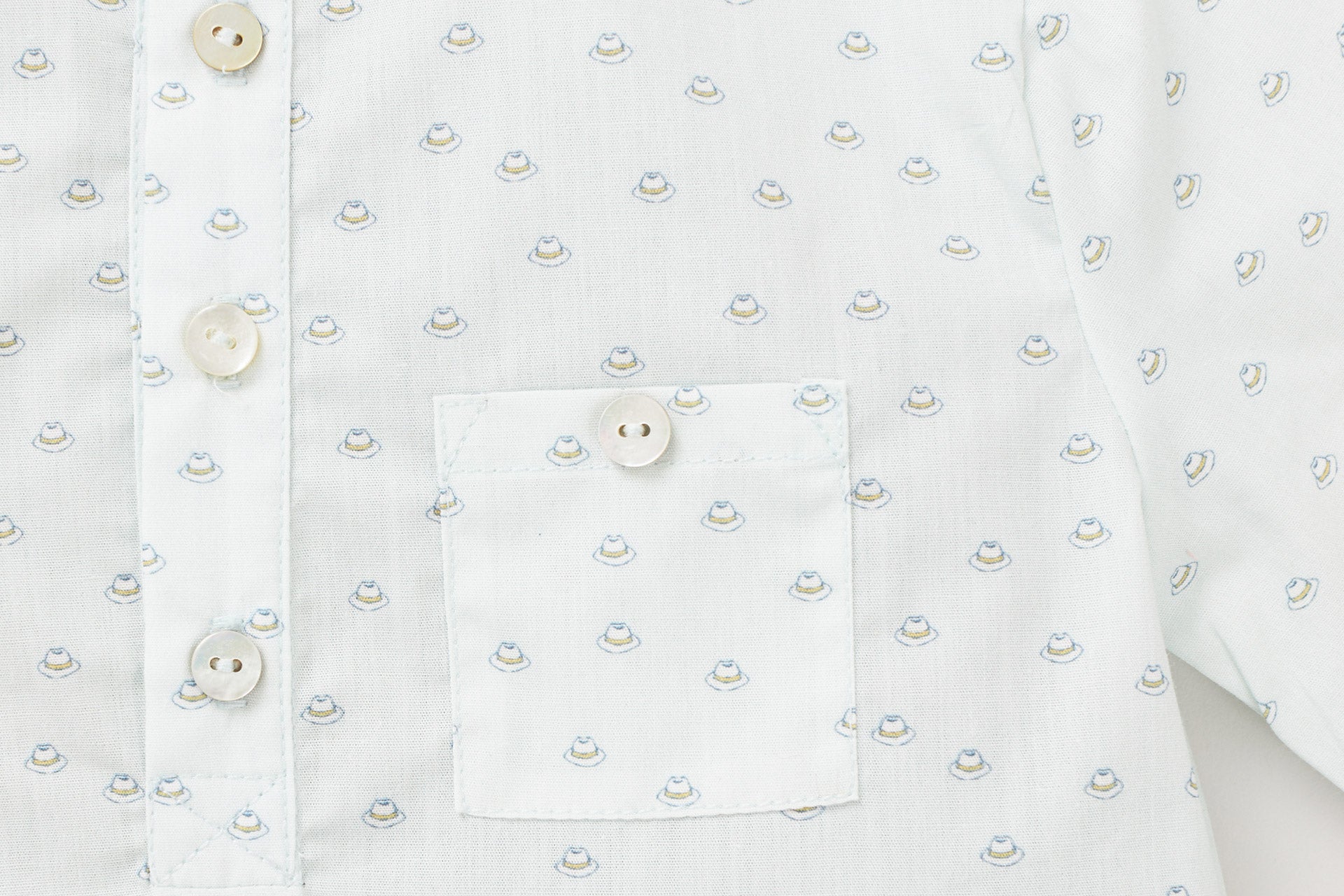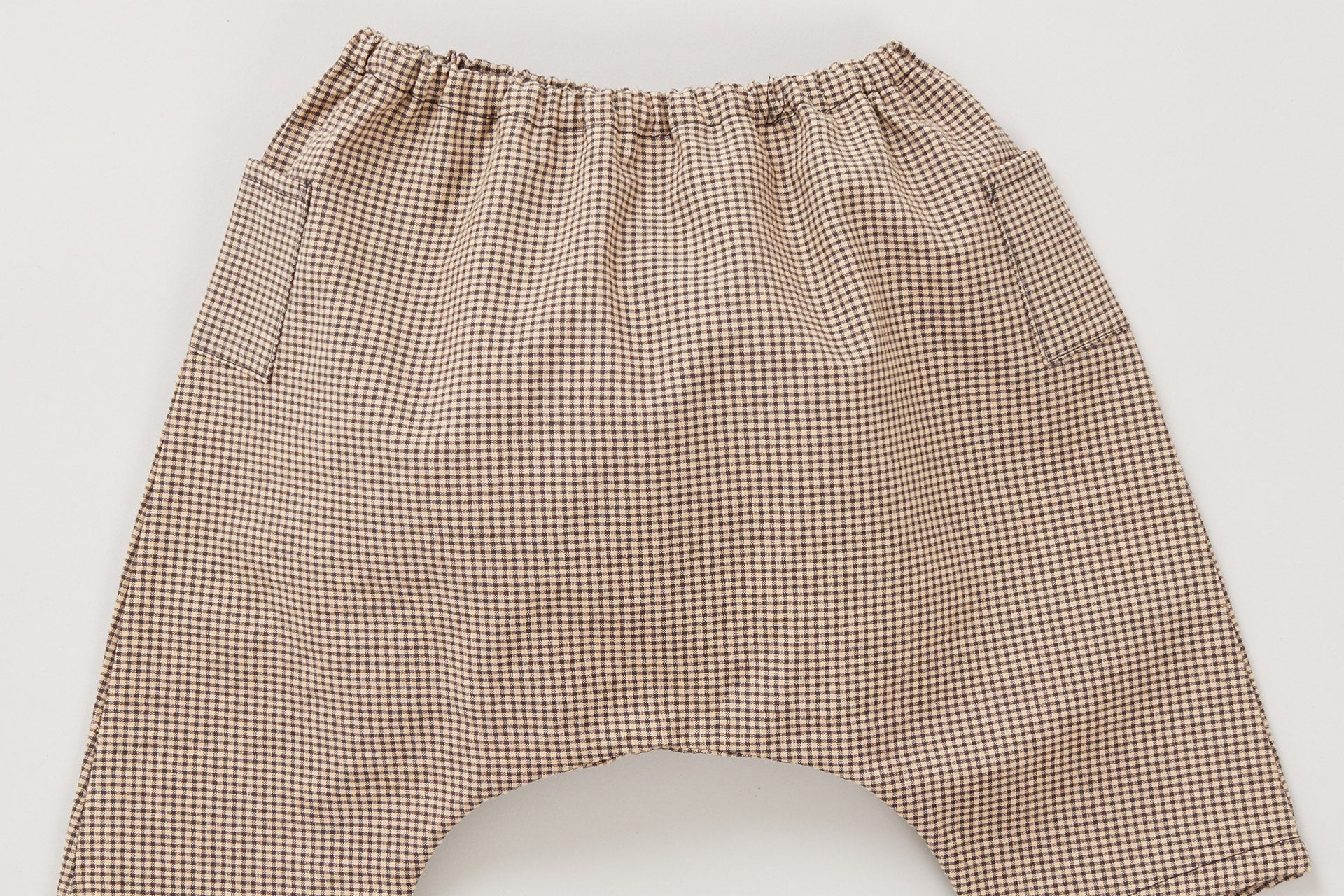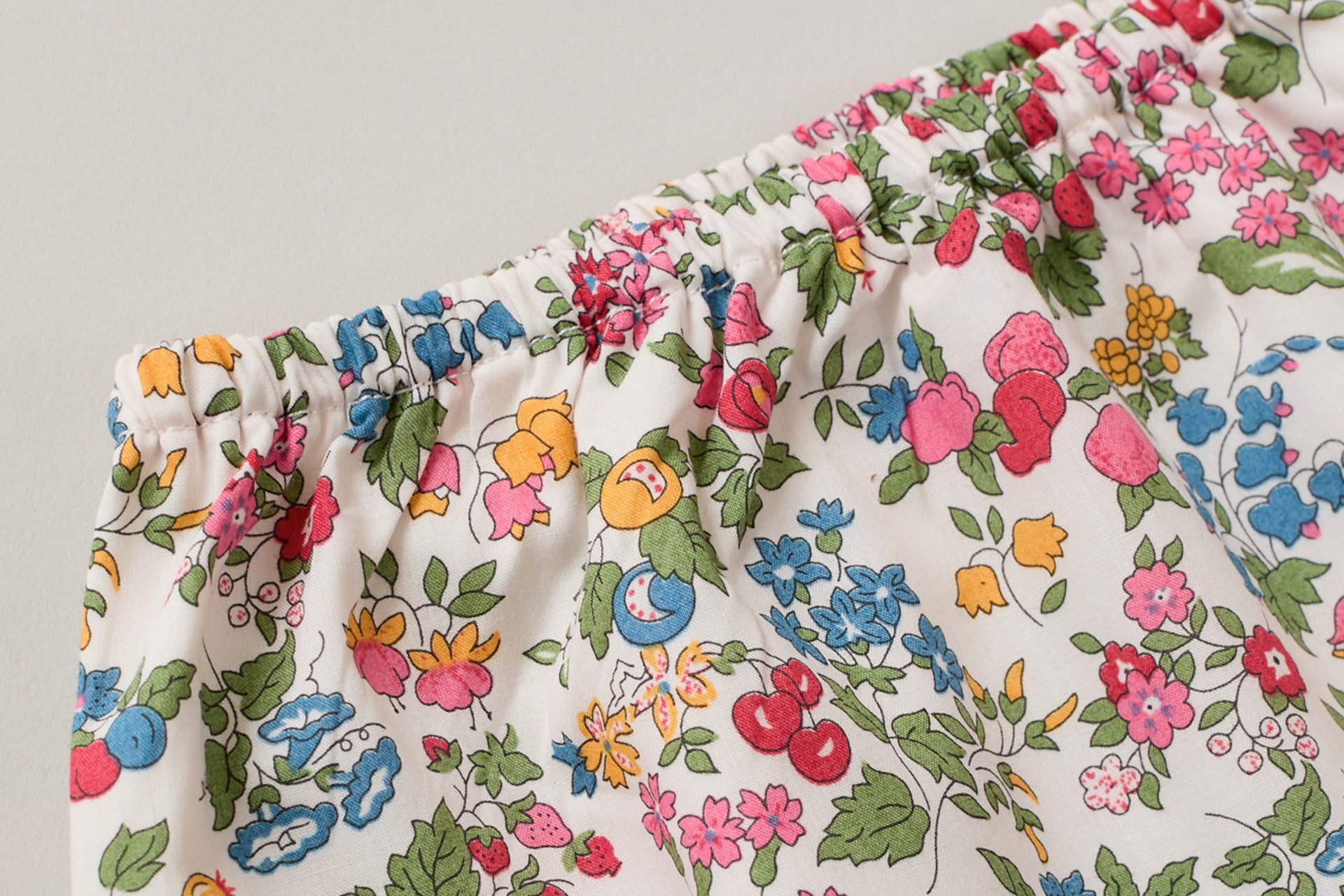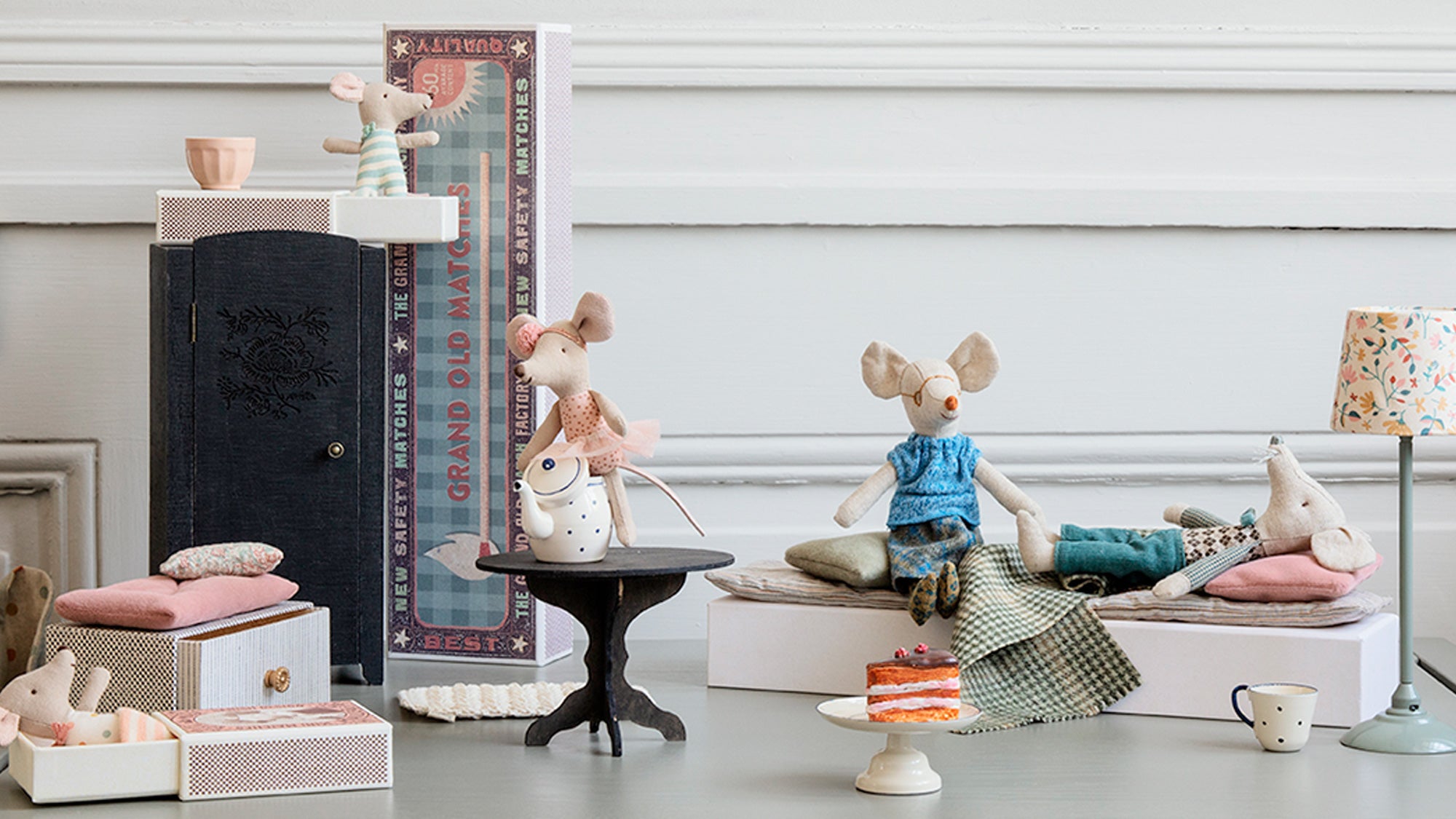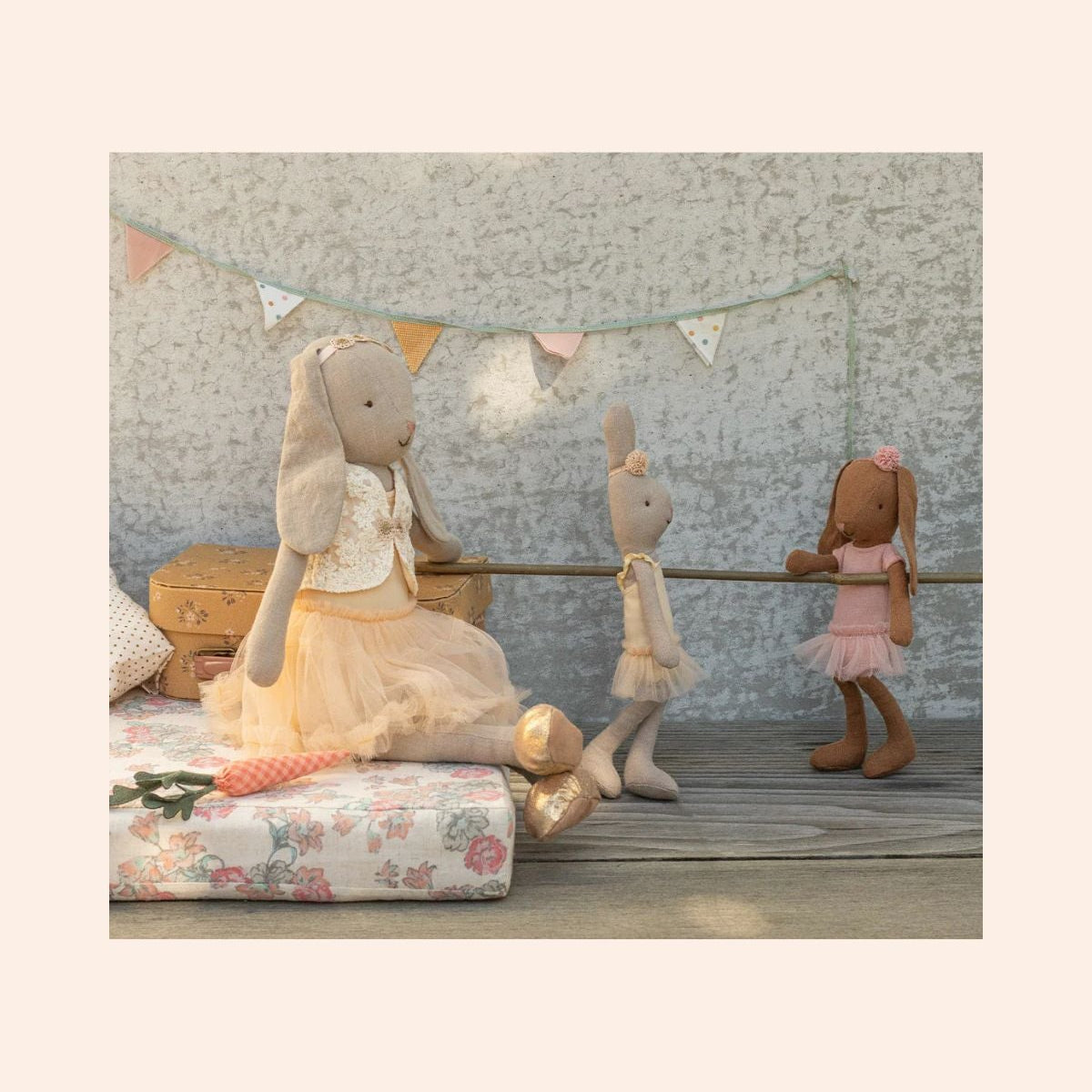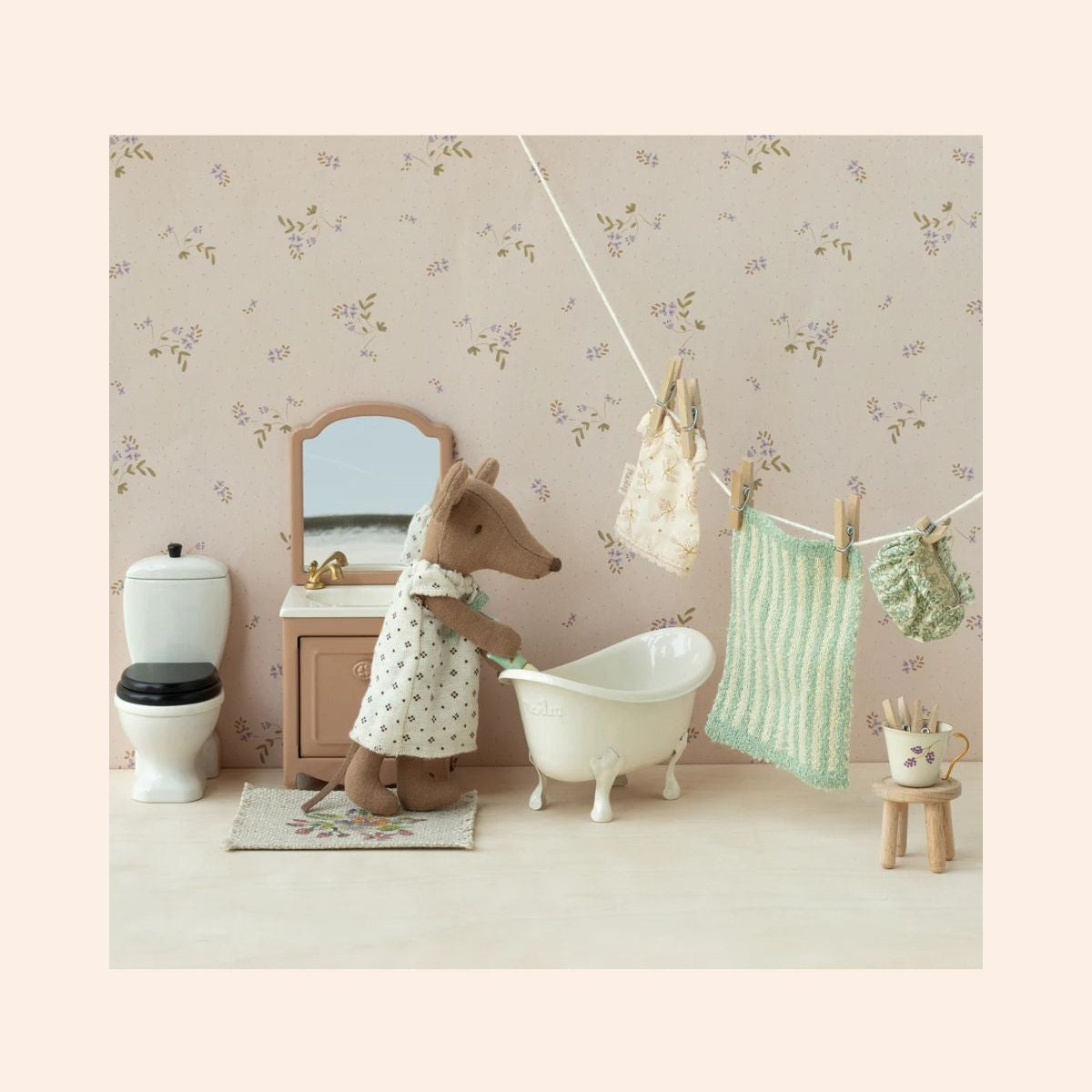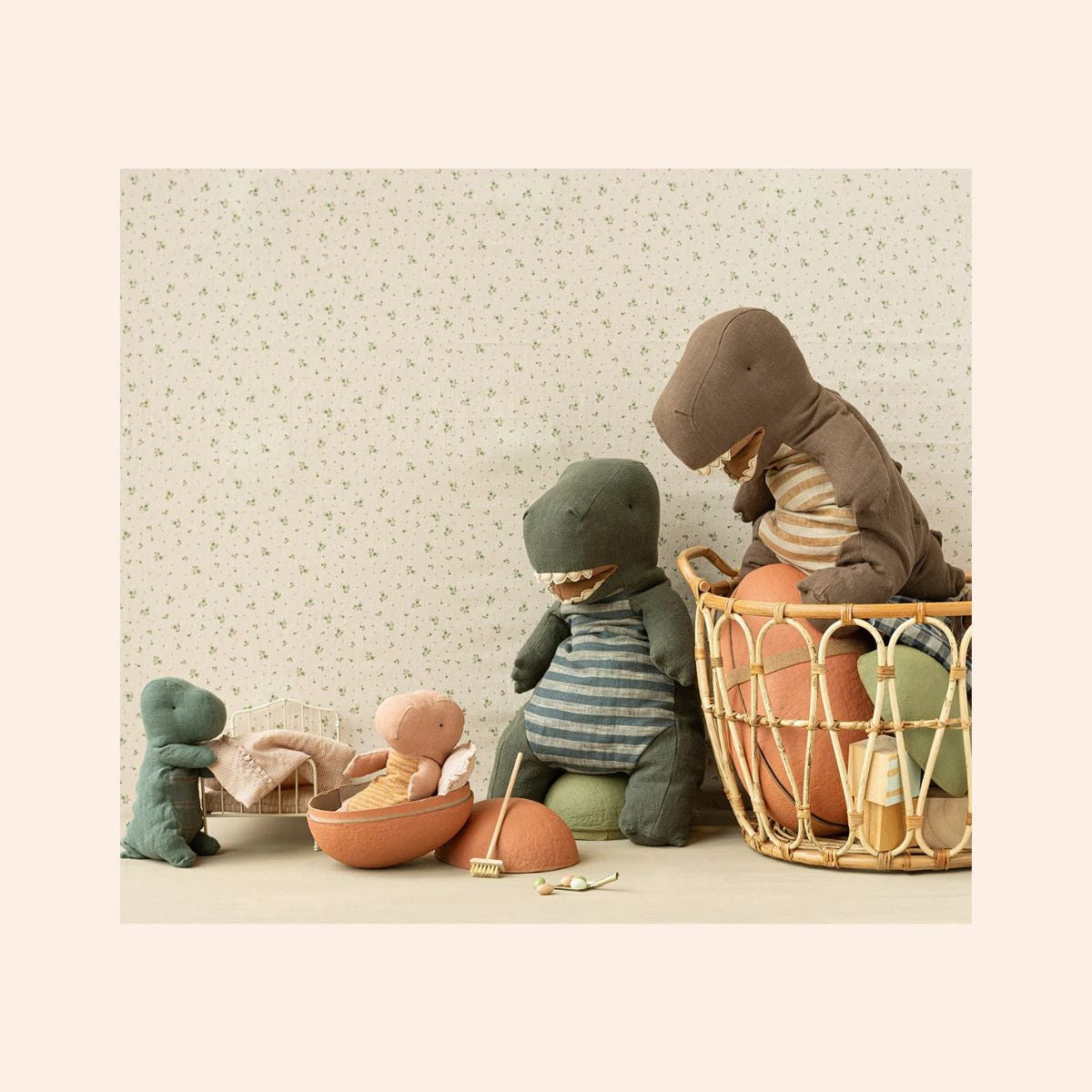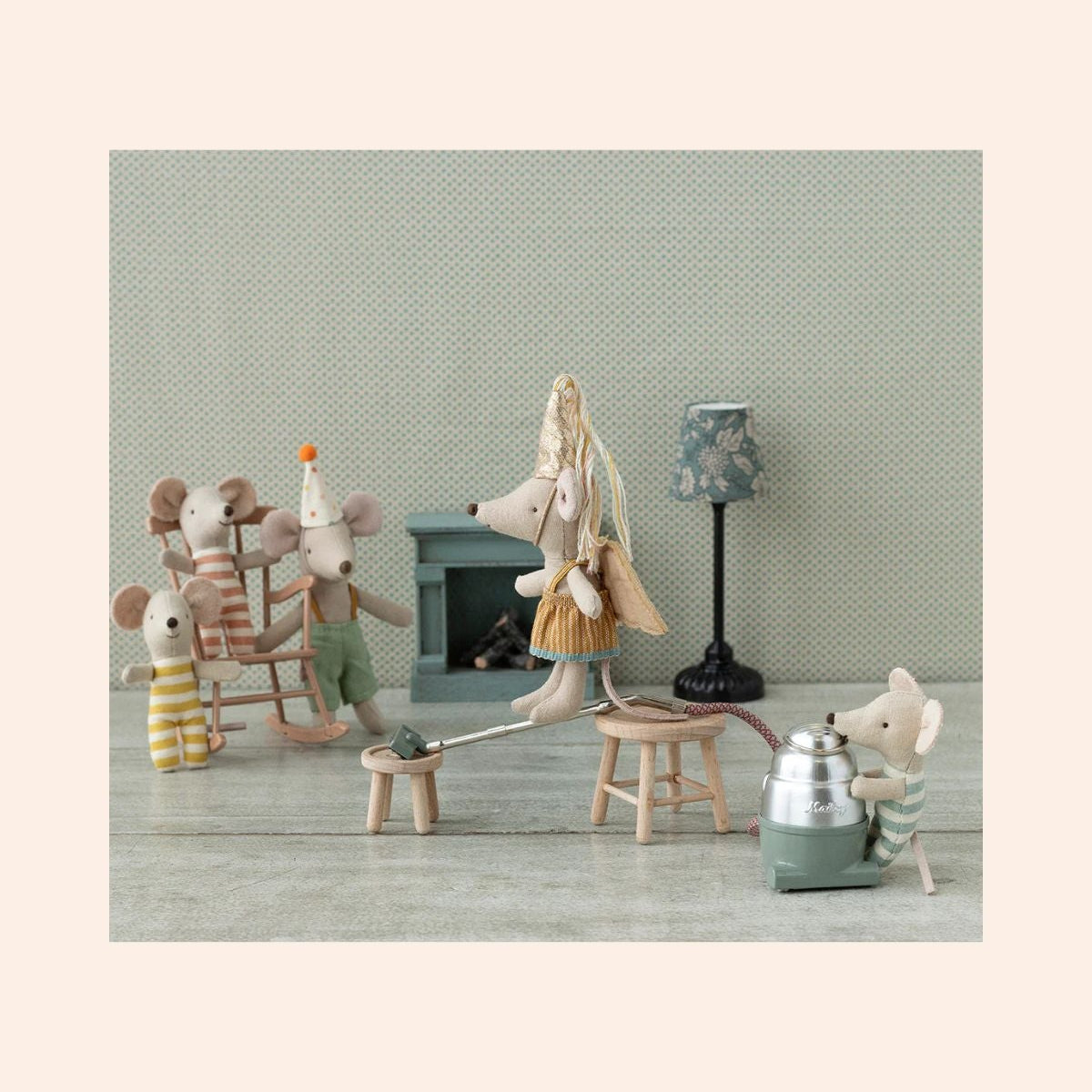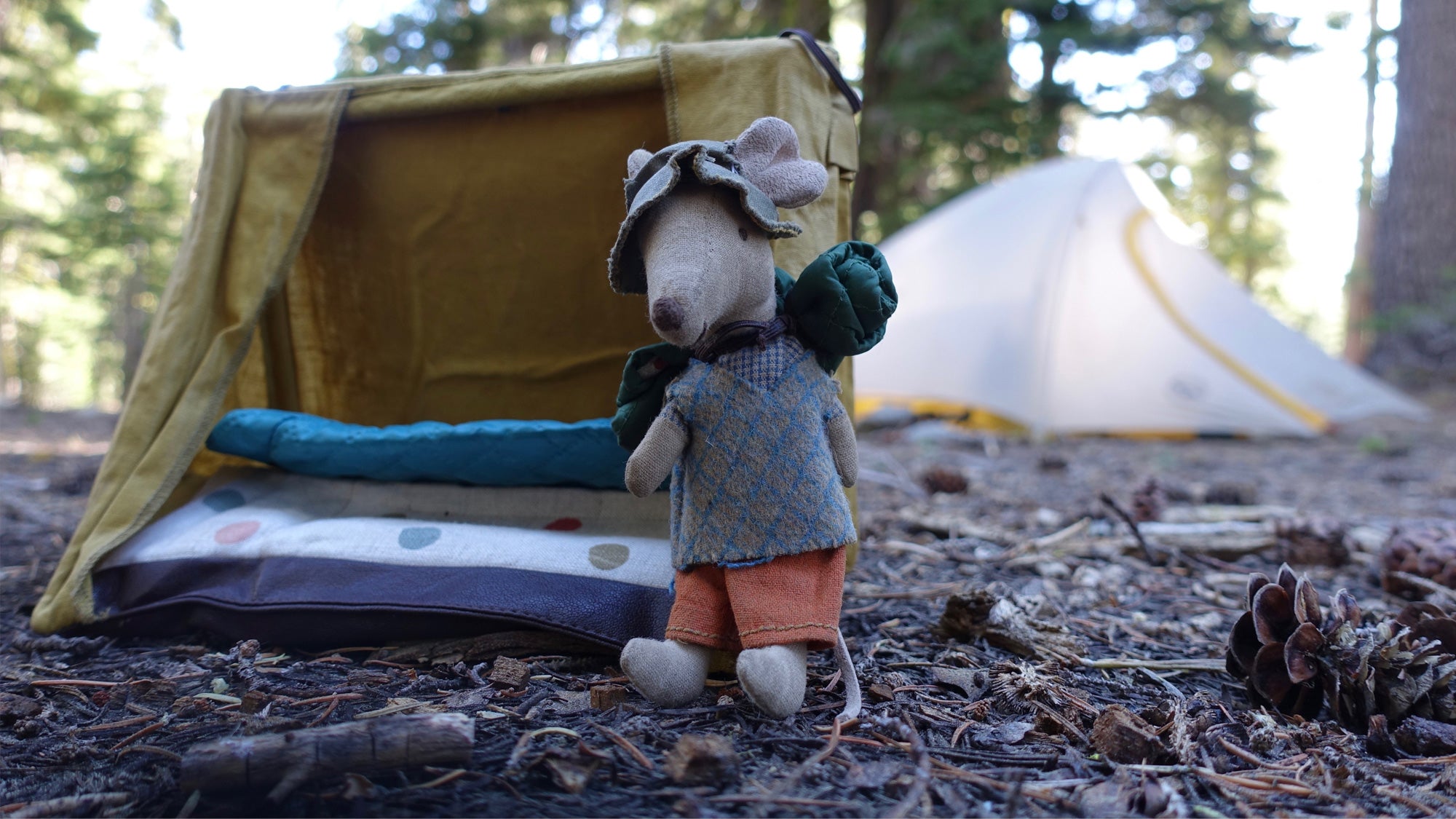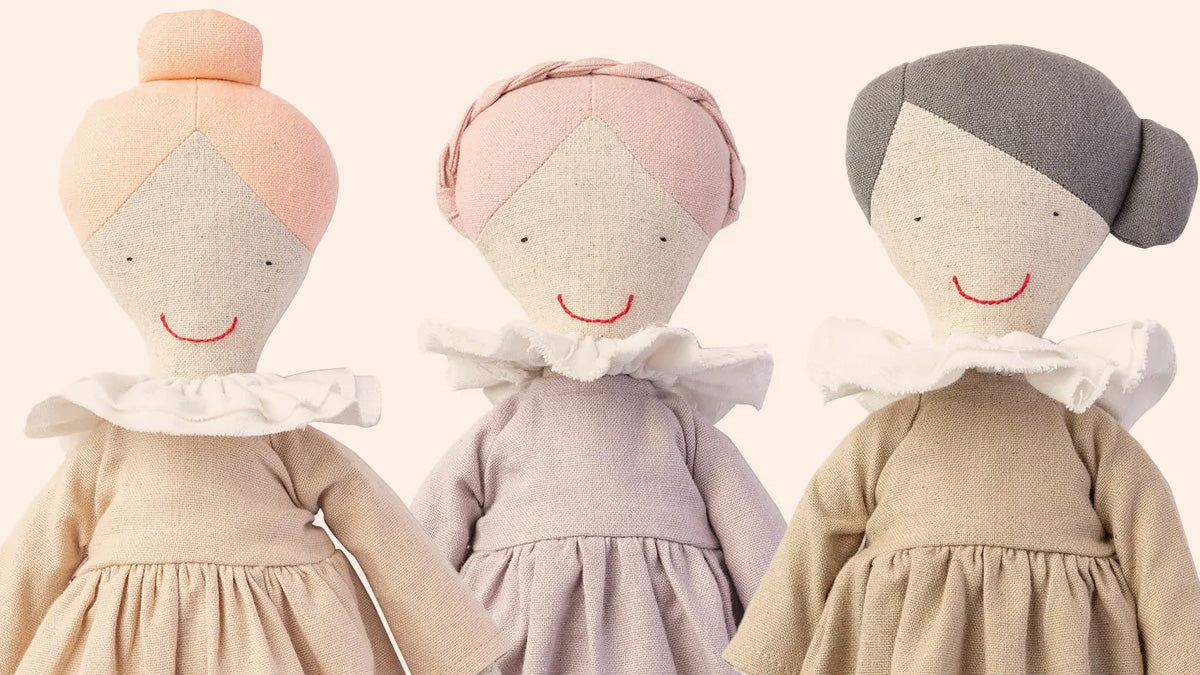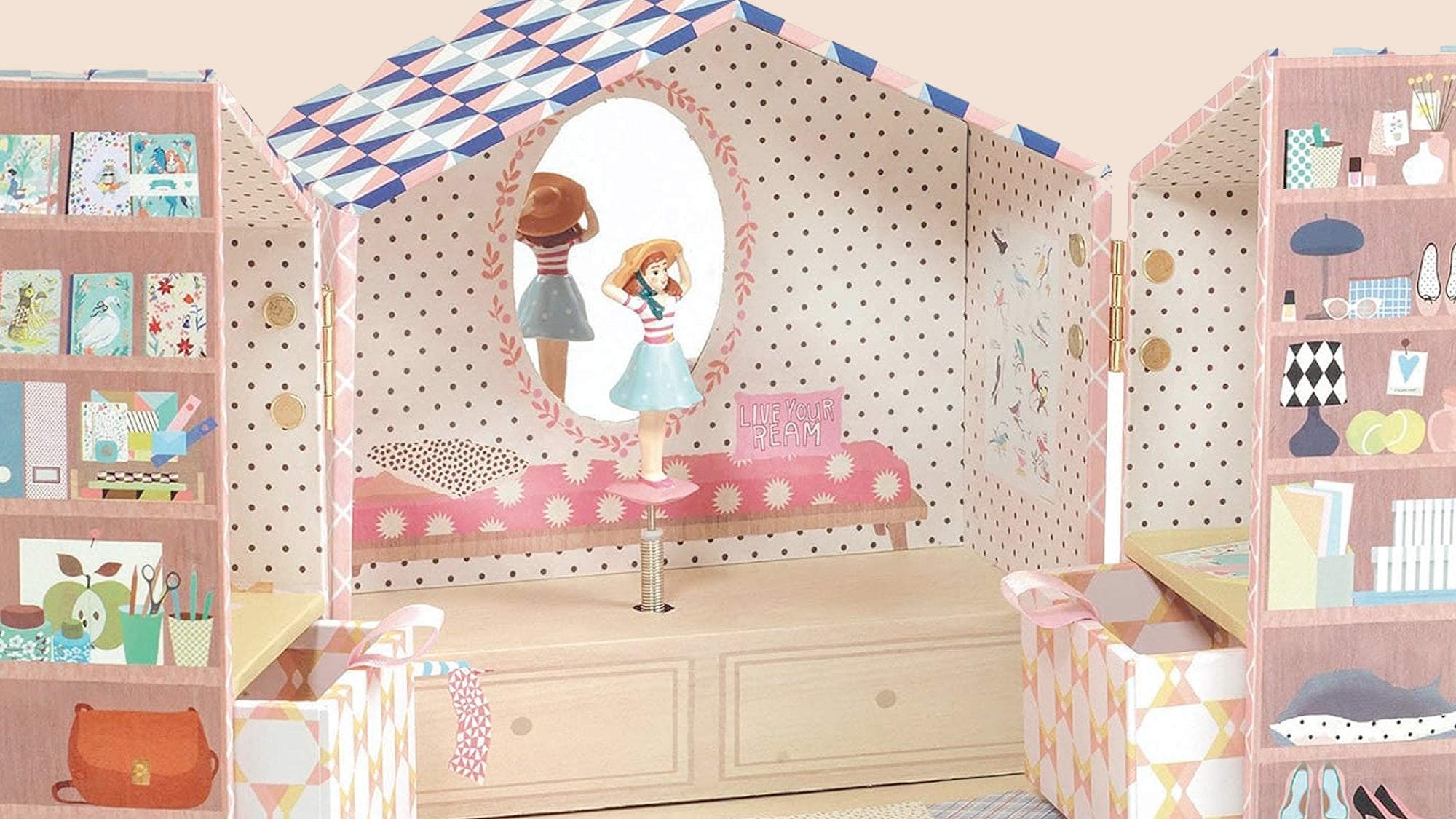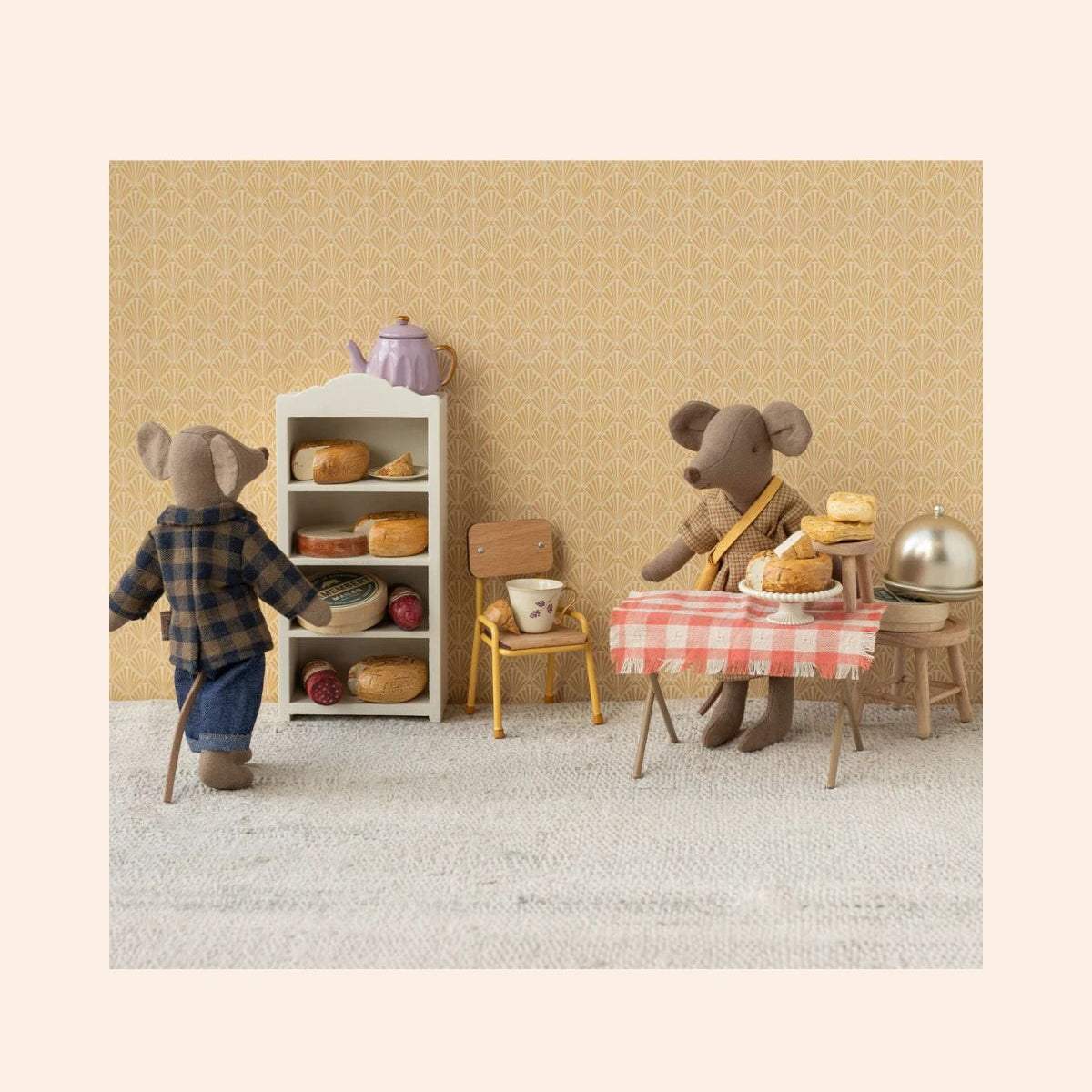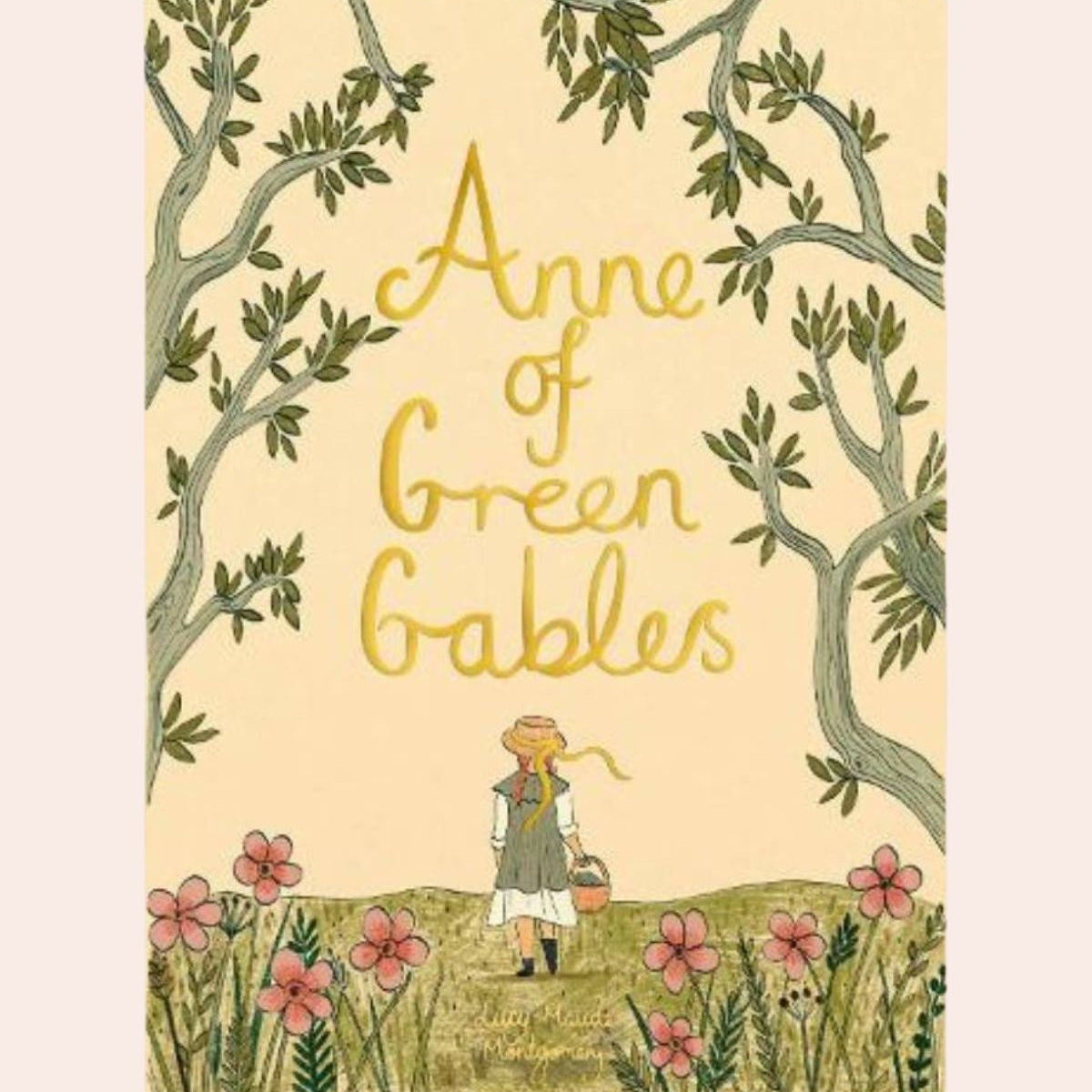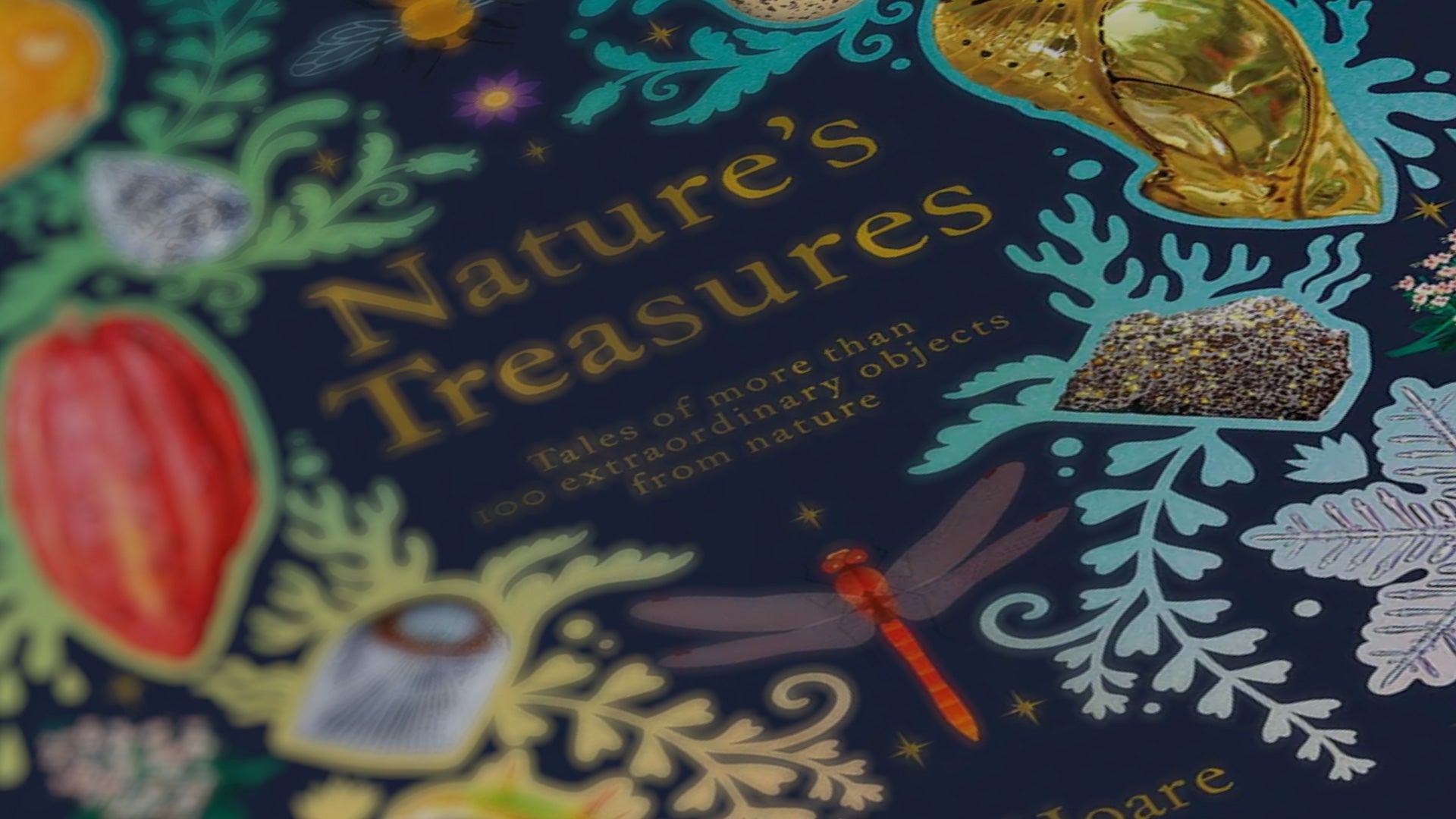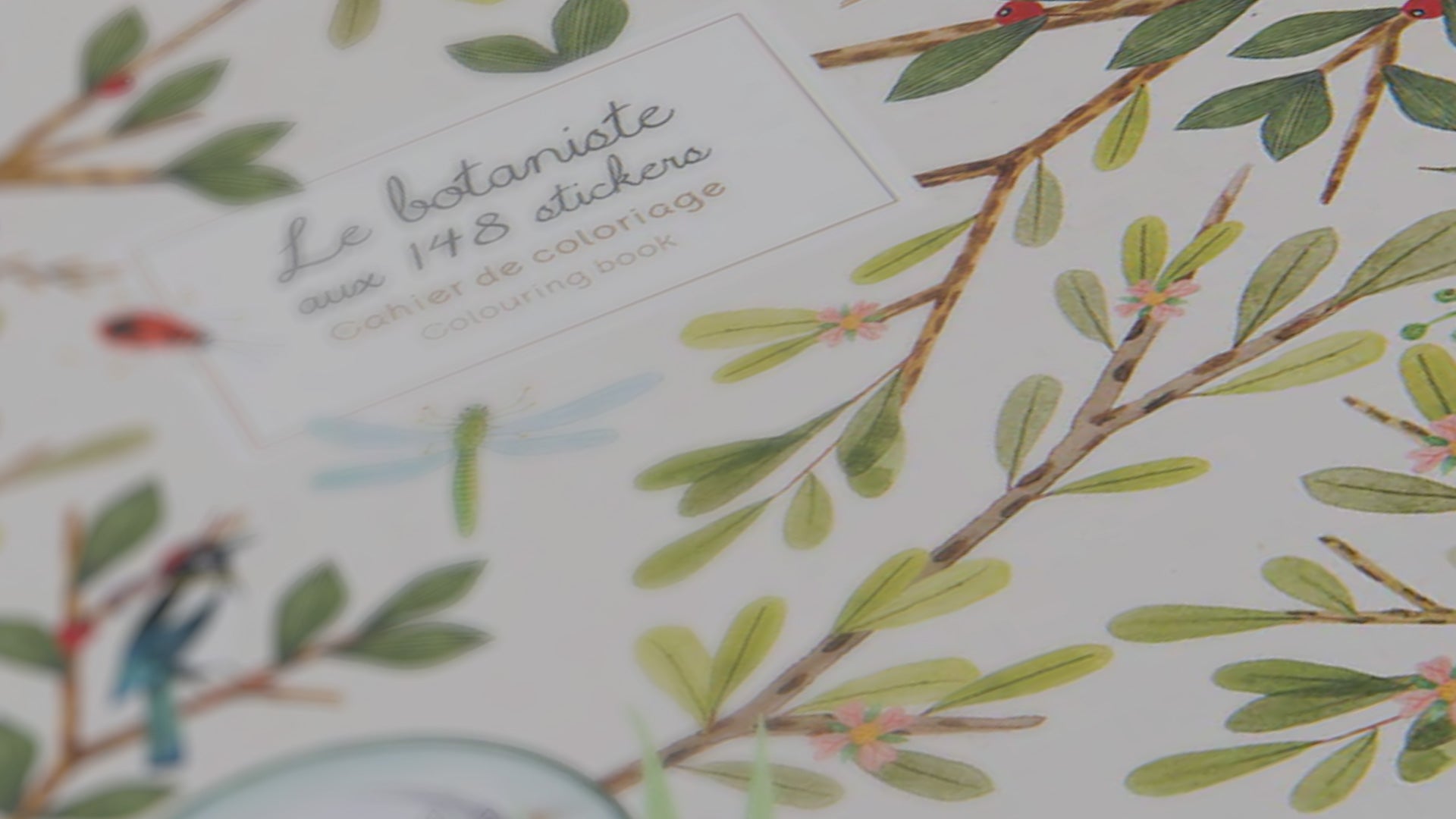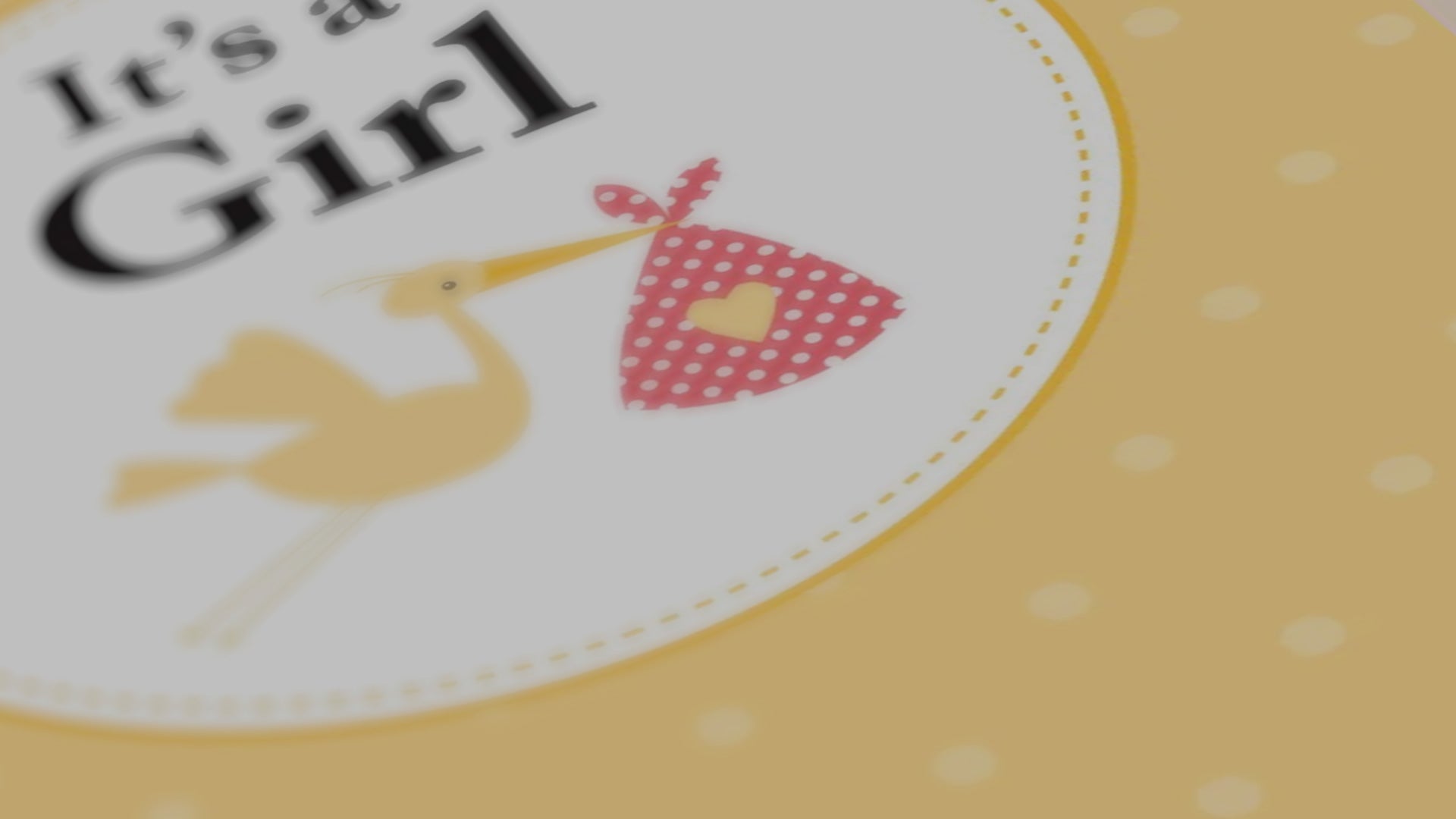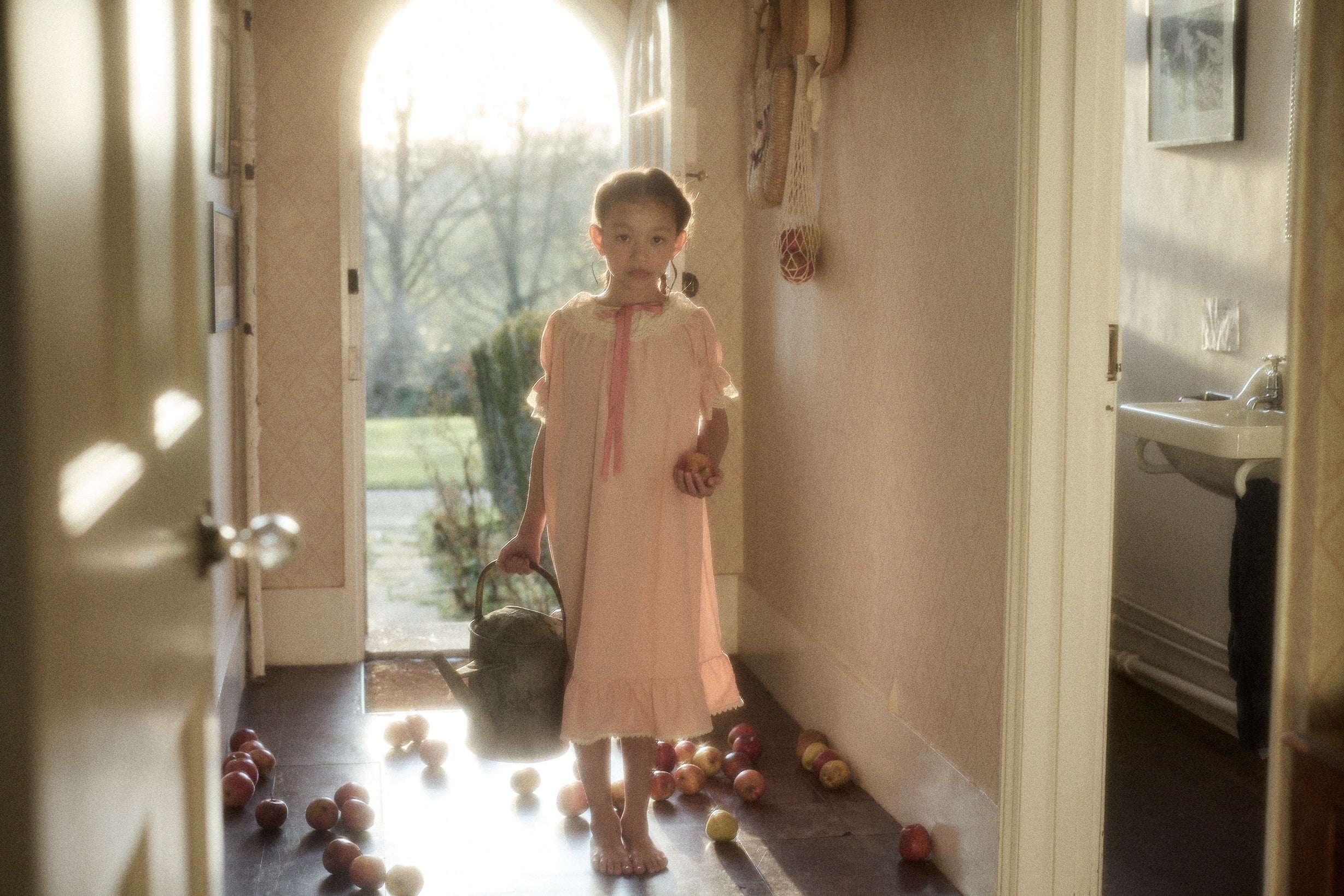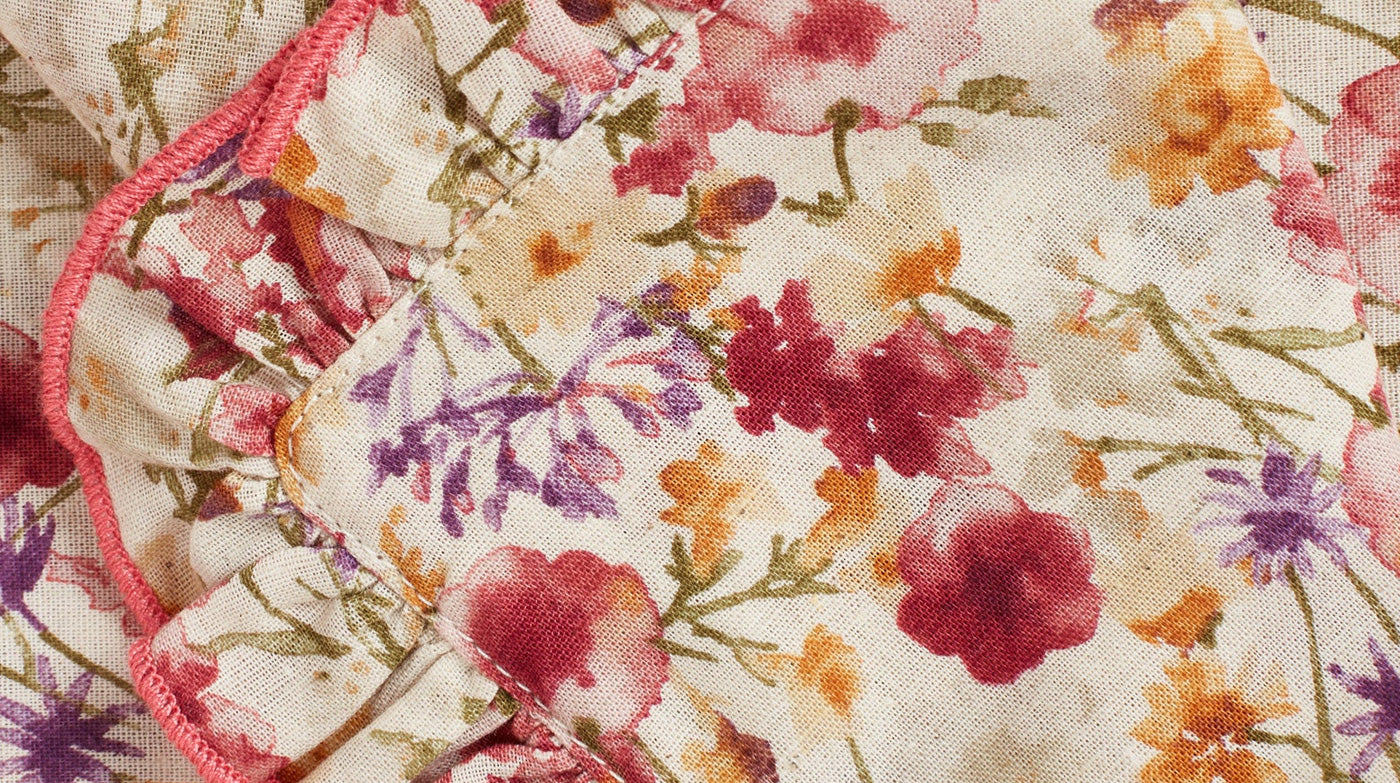Ruth Rogers, Recipe for Inspiration
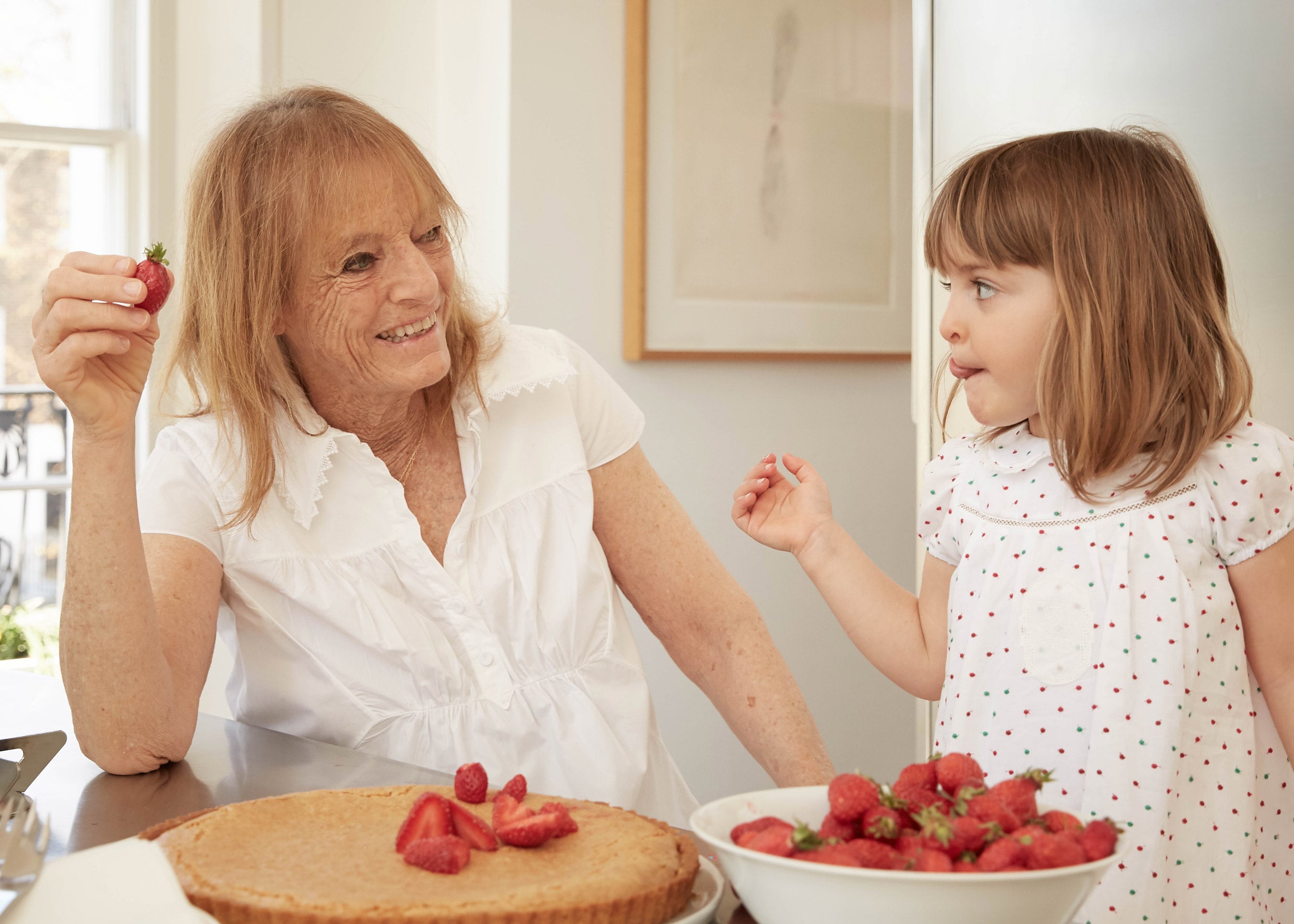
If you want to capture someone’s heart, whisk them away to the River Café. One bite of the revelatory Italian cooking at this idyllic restaurant beside the Thames and they will be smitten. The tricky part may be securing a reservation.
The River Café’s importance to the British food scene cannot be overstated. When owner Ruth Rogers and her friend, the late Rose Gray, flung open its doors in 1987, initially it was a canteen for lucky workers at her husband Richard Rogers’ architectural practice. But soon it became a magnet for gastronauts the world over, launching many stellar chefs, and it continues to break new ground with its online incarnation, shoptherivercafe.co.uk.
Meet Ruth and it is clear in an instant that her restaurant’s irresistibly convivial spirit is a natural extension of her personality. Warm, stylish and sizzling with intelligence, she’s the antithesis of the cliché of an angry chef, ruthlessly wielding their Sabatier in the quest for a Michelin star (and of course the River Café has one of those too).
How did she do it? Her grandchildren call her ‘Mima Yes’, which says it all. ‘In life – if you can – say yes as much as possible,’ she advises. ‘It’s a lot easier.’
She reflected on the family roots of her cooking, how we can help our children to become culinary adventurers, and much more, while her granddaughter, J Botella Rogers, put the finishing touch to a classic River Café dessert for strawberry lovers everywhere.

Do you cook a lot with your grandchildren?
I do. They are always in and out of the River Café, the house, the kitchen.
Where better to break dumb rules, defy villains or make mistakes than within the safety of a book – and with no danger-shy adults to stop your fun. (Hence the ideal hero is an orphan, or lumbered with fabulously neglectful parents.) The moral mazes that Alice walks through may mock grown-ups’ logic, but they also prove that even nonsense can be instructive.
What is your most magical food memory from childhood?
I need to think about that. Really, food is about memory. The way that you were fed as a child may stay with you for the rest of your life, whether you reject it or carry on. I always loved to cook and to eat, and my memories growing up were around the table, talking, sharing ideas. So for me food is a way of communicating.
A big influence was my paternal grandmother Rose Elias, who was Hungarian and arrived in New York, along with many others, in the early twentieth century. She loved to cook and to eat, and her meals were a big part of family life. My father was a country doctor so we grew up a hundred miles north of the city. But when my grandmother visited she would always bring her rolling pin, get into the kitchen and just start cooking. She made amazing strüdels, there was a lot of baking.
It might have been intimidating for my mother, who eventually took herself back to university to become a librarian, and probably would have rather read a book than cook a meal. But she was a very good, basic cook, with every meal thought out and planned: simple, fresh, and seasonal. In the summer we would go to the local corn farm, but only buy in the morning if we were cooking for lunch, in the afternoon, for supper.
Typically, chefs start out in catering college, but your culinary journey evolved organically from your life. How did you become a cook?
If you can’t afford to eat out all the time, you learn to cook! So as students we were always in and out of each other’s houses. Then I met Richard, and his mother was an exceptional Italian cook, originally from Trieste and Florence. When she came to Britain in the 1930s she despaired of British cuisine. But she managed, and she educated me in a very nice way.
When we moved to Paris in the 1970s, while Richard built the Pompidou Centre, that was a real explosion of the senses. We lived around the corner from the market and would go every day, only cooking what was good that morning – it was all part of the ritual and discovery. Later we moved to Italy and things continued from there.

How did the Café come into being?
Rose was a very old friend and worked in restaurants in London and New York, things like making pizzas at Nell’s for Keith McNally [the legendary Manhattan restauranteur]. She and I wanted to start a restaurant and when we went to the site for Richard’s new architectural practice, the developers wanted a restaurant there too – right across the courtyard from the office.
Basically we opened with the idea of serving lunch and dinner, but could only get planning permission as a café for Richard’s office, for lunch. So we kept petitioning the Council to open to the public. After four or five months, we did – for lunch only. Then we had to petition for dinner. But restrictions can sometimes be beneficial. For two women who had never run a restaurant before, it was a way for us to build.
Like a very slow-motion soft opening?
Exactly.
Step into the Café before lunch and it resembles an Utopian community, everyone working together, readying the feast. You often say you want diners to feel like they are at home. How do you achieve that?
It’s like when you walk through the door of your house: you get the feeling that you are home and safe, that you will be taken care of, and that you are in an environment that is beautiful.
What defines our cuisine is the fact that it’s totally Italian. We change the menu every day, based on what ingredients are best, freshest, and most delicious. So number one, guests know that there will be delicious food, cooked for them, fresh. And they will feel welcome, see people they know, perhaps bump into friends.
When we began Rose and I really wanted to cook in the restaurant the way we cooked at home, for our kids. To be really rigorous, but the ethics of it would be the same. And that is how we operate. Everybody in the restaurant helps with the food. The day starts with everyone there, writing the new menu, every morning. Waiters come in early and prep the anchovy, wash the parsley, kitchen porters prep the squid, grate the cheese, grind the pepper. So the waiters also know and understand what’s on the menu.

You told your granddaughter J that you love dressing up. And of course you started out studying graphic design. How much do you enjoy the costume and theatre of restaurants?
I love clothes, I like fashion, Richard does too, and I love buying dresses for my grandchildren. But I’ve never had a dress code at the restaurant, so I always find it interesting to see how people dress up when they come here. My style is the same with food: I like not too much on the plate, but for it to be simple, let the ingredients shine.
But the restaurant is theatrical – especially because we have such an open kitchen. There is the drama between chefs and waiters, and all of the private celebrations that are taking place in this public space. Although, when we first opened, I asked the director, Richard Eyre, ‘How do you like the theatre of our kitchen?’ And he said, ‘It’s more like ballet.’
How do you create?
I rarely have an idea for a recipe. Instead it evolves, as I experiment, it’s an on-going conversation with the ingredients. For me the joy of cooking is the process of taking an ingredient and then seeing what you can create with it, as you add flavour. It’s very exciting but also relaxing and satisfying.

The Café has been a seedbed for outstanding talents, like Jamie Oliver, Theo Randall, April Bloomfield, Moro’s Sam and Sam Clark, to name a few. All champion your values of authenticity and seasonality. Does it feel like a family to you?
When I go to former chefs’ restaurants they are doing their own thing, it’s great. But I recognise a common thread. What excites me apart from the food is that there is a way that their kitchens are. We are conscious of the way we treat each other.
How can we inspire more young women to careers in the restaurant industry?
It’s a full-time, every-day thought process, trying to improve the diversity of people in our business. We’re not going to be judged for our success by going on demonstrations or signing petitions, but on the number of women in the restaurant – and not just women either. A restaurant is no different from a newspaper. Every industry needs first to create an environment that women want to work in. We need to look at the hours and the mix, and see also how you can encourage women to have children without that presenting an obstacle.

Many children seem fearful of strong flavours or novel dishes. How can we help our children to be culinary adventurers?
My kids were always pretty good eaters. We always cooked together. It was an open kitchen, and the kids were always at the counter, doing homework, tasting, helping.
To get children involved in cooking what you do is you don’t overextend the reach. So don’t give them things that are too complicated and make them feel like they have failed. Give them things that they will be a success. For young children it’s good to try something simple, like making chocolate chip cookies, pasta pesto. And if you want to really inspire them, if you can, travel. Let eating new food be part of the experience.
What’s the best advice you’ve ever received?
Always to serve margaritas at a party!
And your favourite thing to do with strawberries?
There’s a recipe for a sorbet from Richard’s mother, Dada Rogers. Just strawberries, lemon and sugar. And this classic River Café tart is excellent.

THE RIVER CAFÉ ALMOND TART WITH STRAWBERRIES
Serves: 12
Ingredients
- 350g plain flour
- 175g unsalted butter, chilled and cut into cubes
- 100g icing sugar, plus 2 tbsp for dusting
- 3 eggs, yolks only
- 400g strawberries, hulled
To make almond filling
- 350g blanched almonds
- 350g unsalted butter, softened
- 350g caster sugar
- 3 eggs
Method
- For the pastry, pulse the flour, butter and a pinch of salt in a food processor until the mixture resembles coarse breadcrumbs. Add the sugar and egg yolks, then pulse till the mixture combines and leaves the sides of the bowl. Bring together into a ball, wrap in clingfilm and chill for at least 1 hour.
- Coarsely grate the pastry into a 30cm loose-bottomed fluted flan tin. Press on to the sides and base as quickly as possible, leaving no gaps. Chill for 30 minutes.
- Preheat the oven to 180°C, gas mark 4. Line the pastry case with a sheet of greaseproof paper, fill with baking beans and bake blind for 15 minutes. Remove the paper and beans and bake for a further 10 minutes, until golden.
- Reduce the oven to 150°C, gas mark 2. For the filling, blitz the almonds in a food processor until finely ground. In a large bowl, beat the butter and sugar until pale and light. Beat in the ground almonds, then the eggs, one by one. Spoon into the pastry case, level the top and bake for 1 hour 10 minutes, until puffed up and golden. Cool on a wire rack.
- Cut the strawberries into wedges, arrange on top of the tart and dust with icing sugar.
Excerpted from River Café Cook Book Two.
To book the restaurant, visit www.rivercafe.co.uk
To shop, visit www.shoptherivercafe.co.uk
Words: Catherine Blyth
Photos: Ulla Nyeman
M&H: Jo Gillingwater
Digital Operator: Katie Rollings

